2018/02/26 – 2018/03/03: From Nueva Loja to Bogota | 1,200km
After we returned from the incredible days in the Ecuadorian rain forest, it was time to move on and cross the border into Colombia. As usual, bring some patience with you as the clocks are ticking at a different speed here – especially at the remote border of Nueva Loja, which lies around 150km East of the main border in Tulcán. Good thing we decided to avoid the main border since we heard from several travellers that it was quite chaotic over there due to the amount of refugees from Venezuela. At Nueva Loja, we were the only tourists crossing and after waiting for the various border officials to finish their lunch, we were allowed into Colombia!
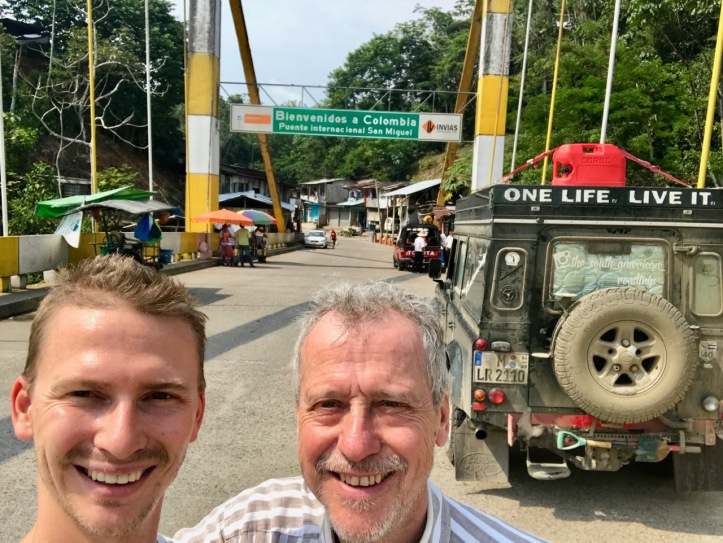
We entered a part of Colombia that was until recently still under large influence of the FARC and we were warned by several websites and institutions, that we should be very carfeful in this area. Amongst others, we found the map of the ministry of foreign affairs, that did not look very encouraging.
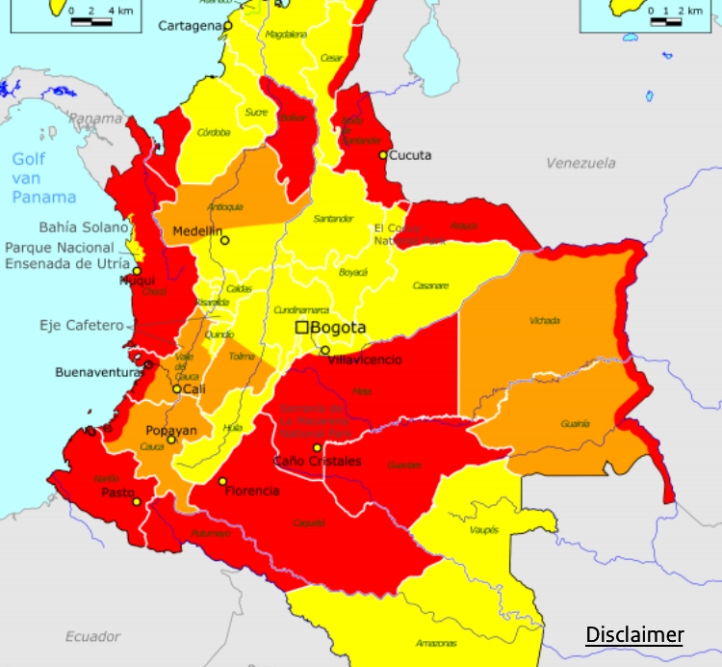
Entering Colombia, our first impressions could not have been different. The people were really friendly and open to conversations, and the landscape was beautiful and different to what we had seen previously. In addition, after having some rainy and occasionally very cold days, we were really struck by the intense heat of up to 40 degrees easily!
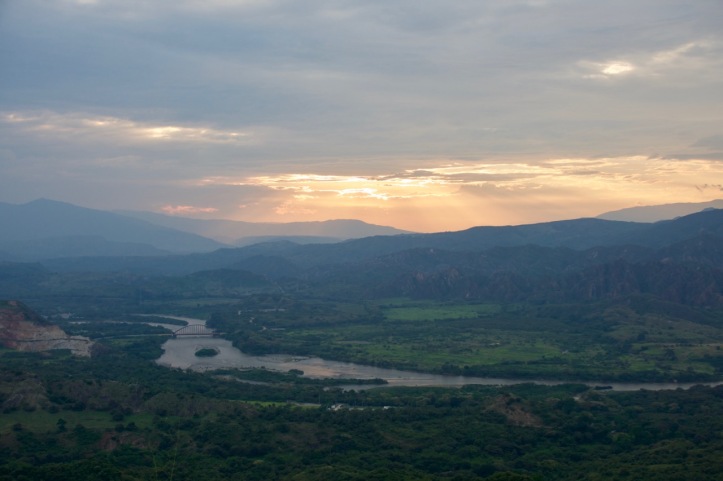
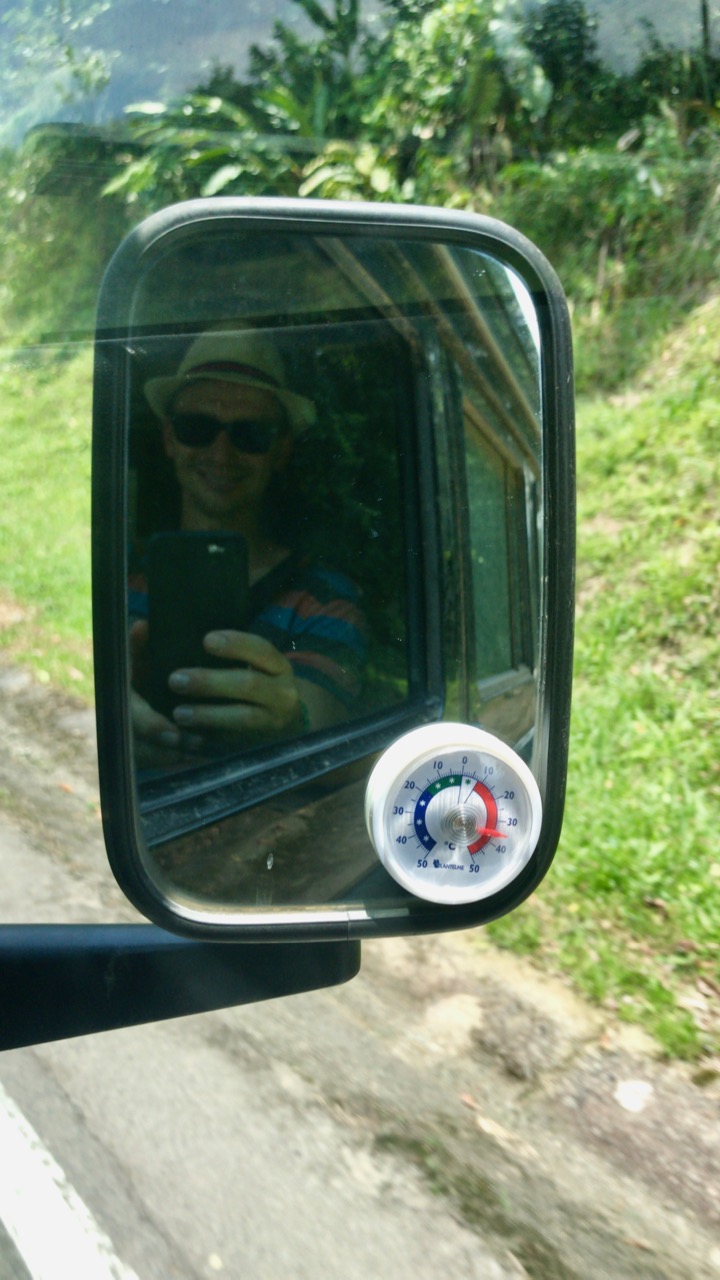
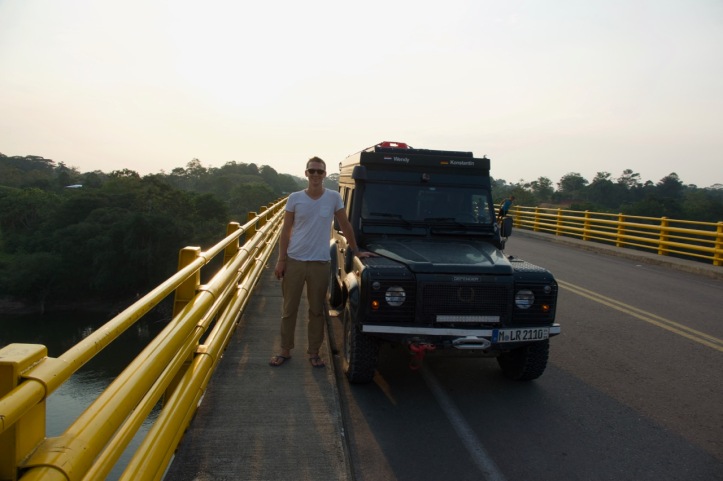
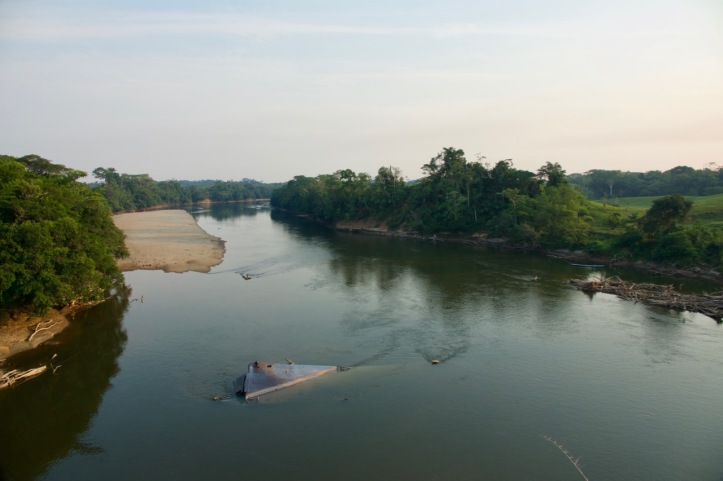
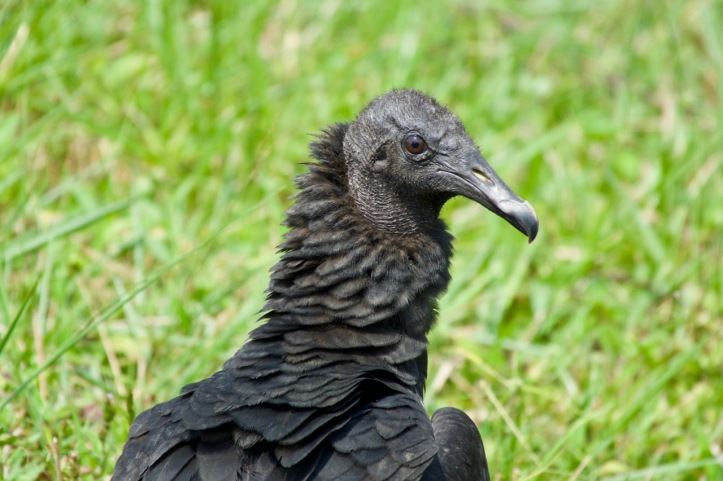
We had an ambitious plan for our time in Colombia as we had only 18 days left until we had to arrive in Cartagena to organise the shipment of Mr Snorkle back home. So we drove two days straight to arrive at our first real stop: Tatacoa Desert. We arrived late that evening to find us in very unreal surroundings in the middle of a desert with a beautiful moon shining down on us – perfect time to try out my new camera for some more night fotos.
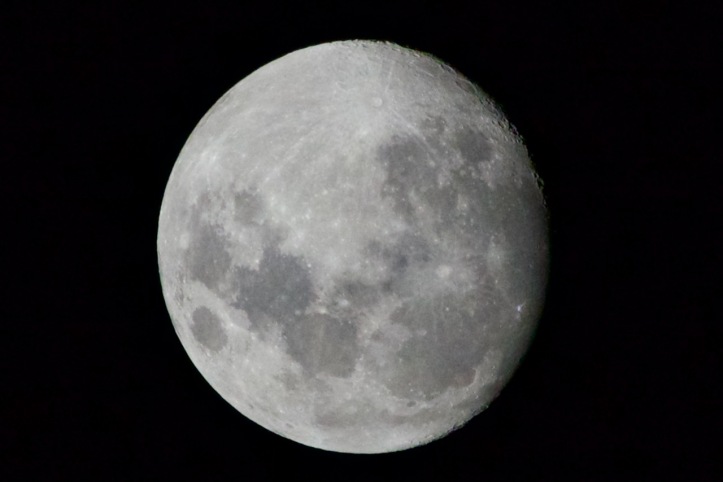
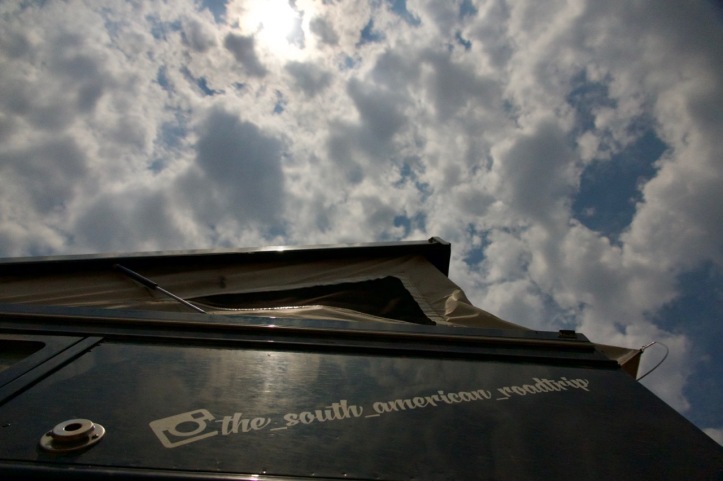
The next morning, we woke up surrounded by cactuses and birds in the middle of a moon landscape. The amount of campings and Cabañas told us, that during the weekend, there must be a lot of local parties, but we were quite lucky as we were almost completely alone. We only met one fellow Overlander from the Czech Republic in his awesome Mercedes 410D 4×4 Camper.
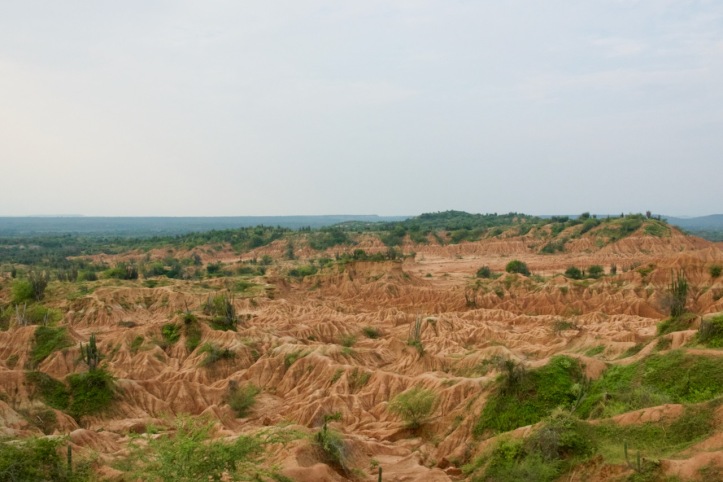
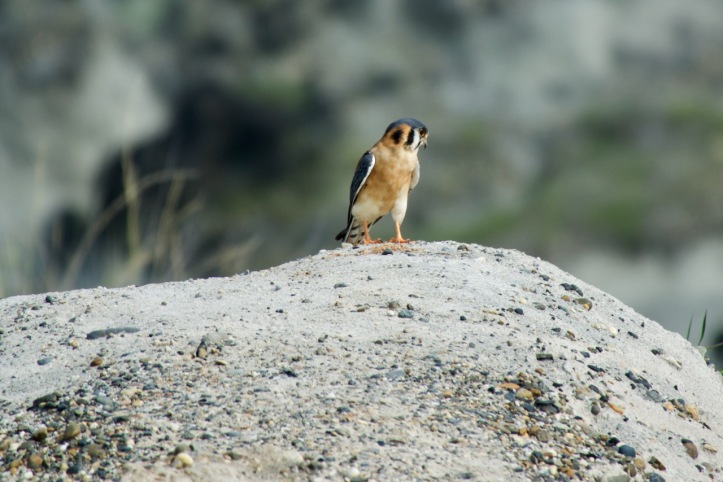
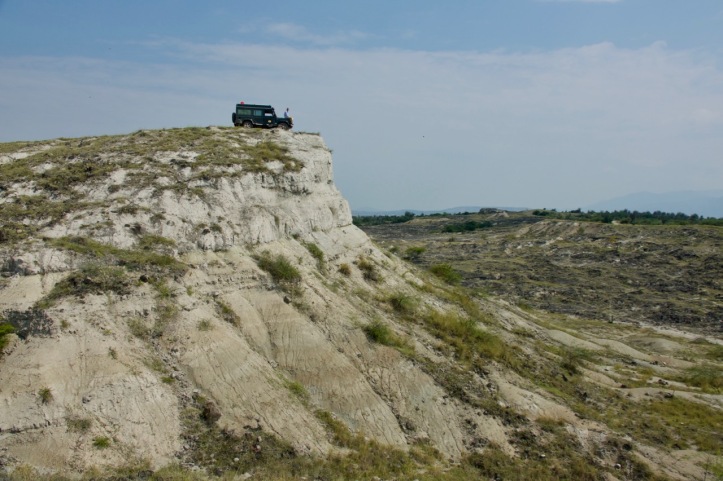
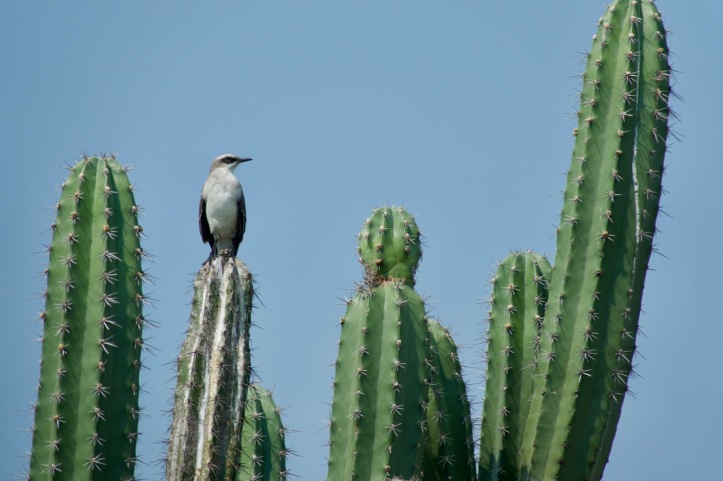
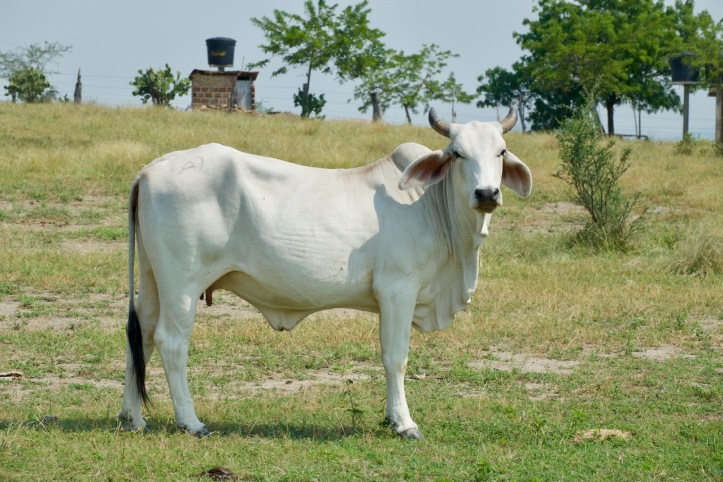
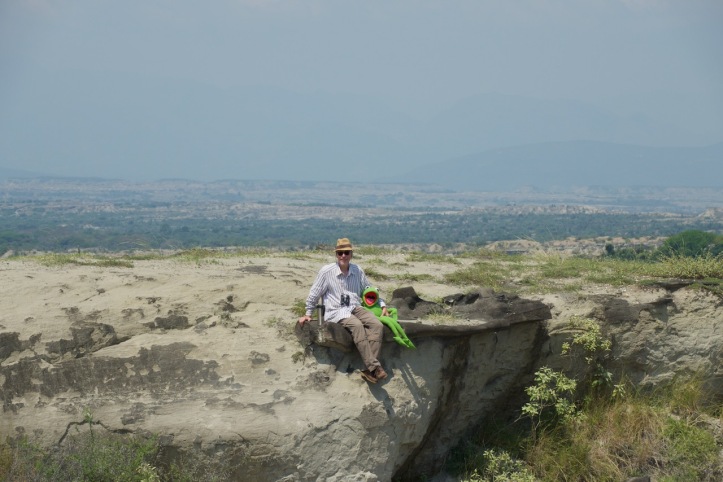
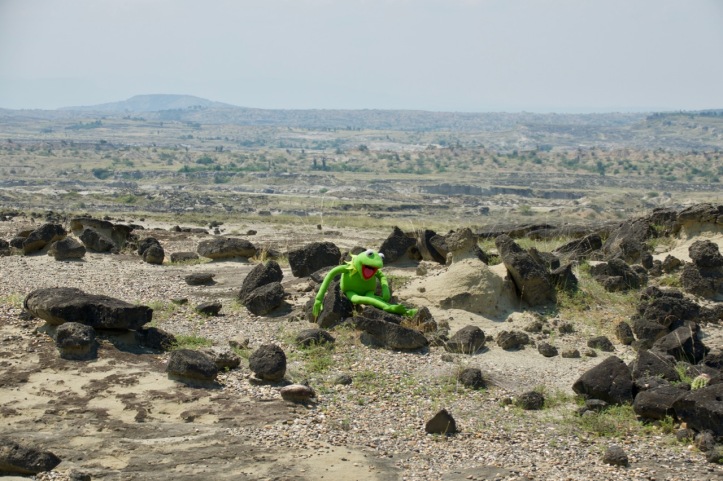
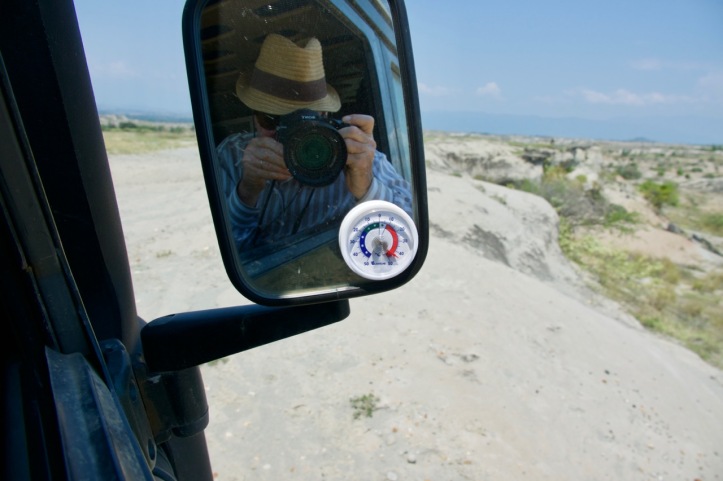
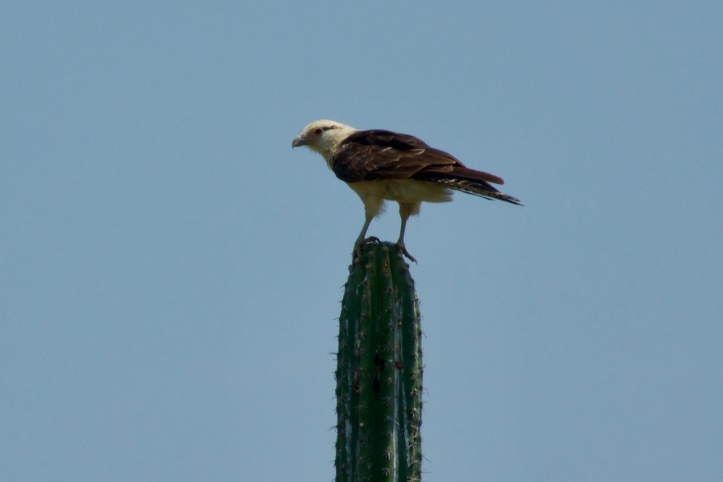
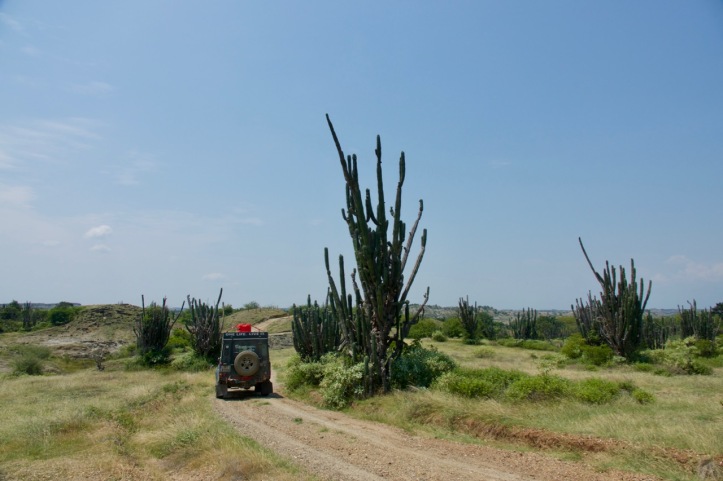

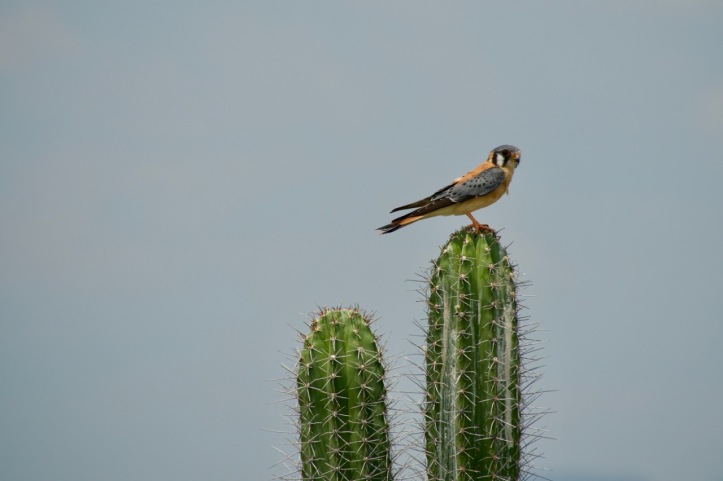
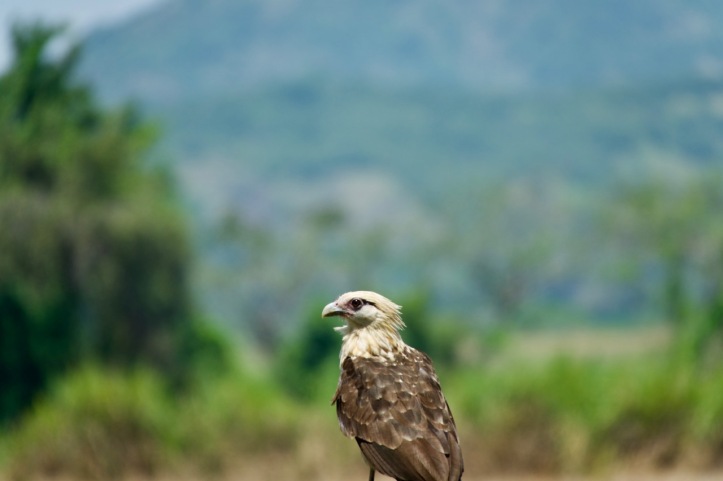
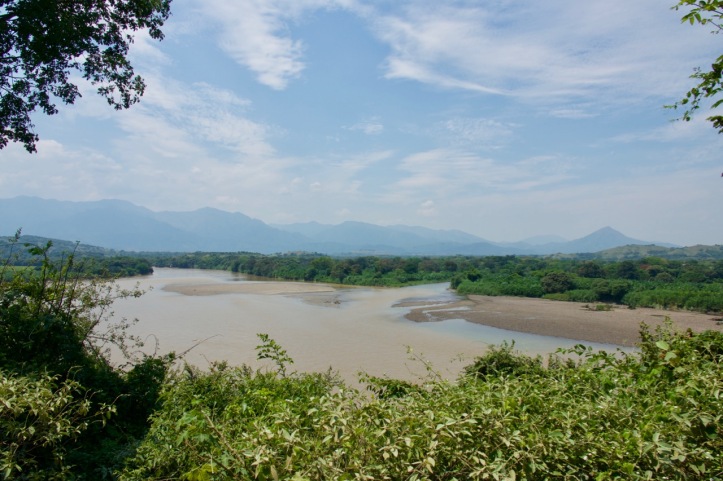
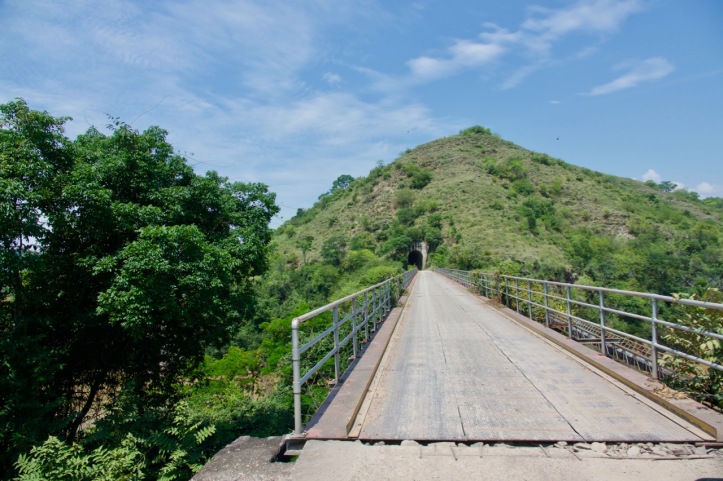
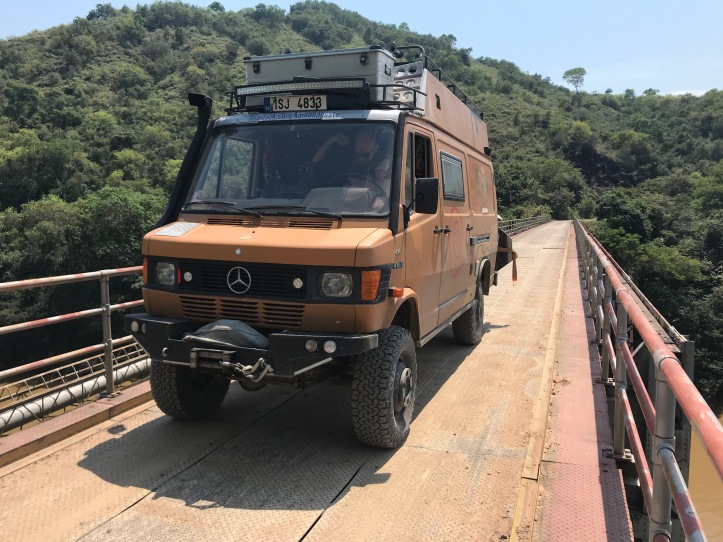
On that same day we decided to drive all the way to one of Colombia’s best coffee regions: Quindio. When you travel slow, you can take a lot of beautiful roads and stay at places you discover along the route. If you (have to) travel quickly, you have to use highways and other main connections, which is not always as beautiful as you might expect. That afternoon, we had to take the less beautiful ruta 40 between Ibagué and Armenia. Next to us, around 1 million trucks had the same idea, which meant travel speed was between 10 – 30 km/h until at the end of the mountain pass, we hit a complete road block due to road works. After hours just standing still – it was by now 10PM and completely dark – we were finally able to move on to our next destination: the awesome place of Yvette and Paul, Steelhorse Filandia.
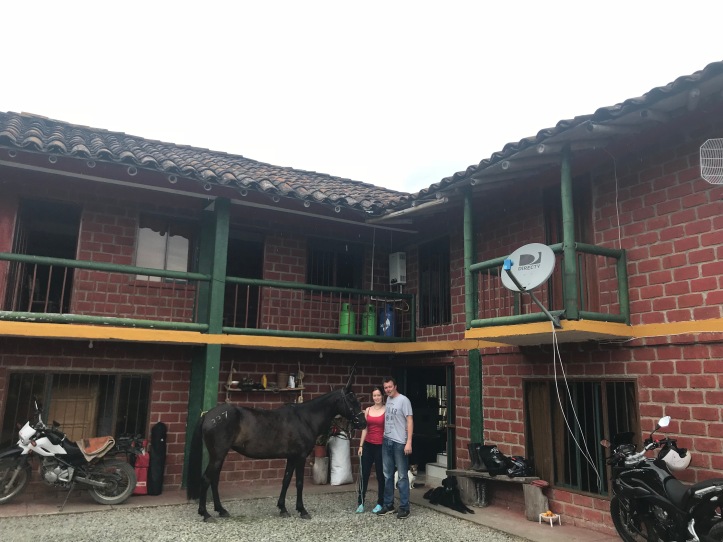
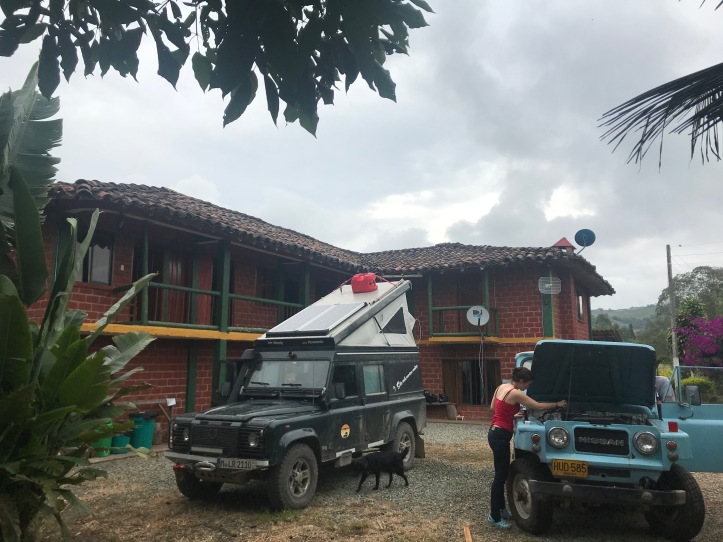
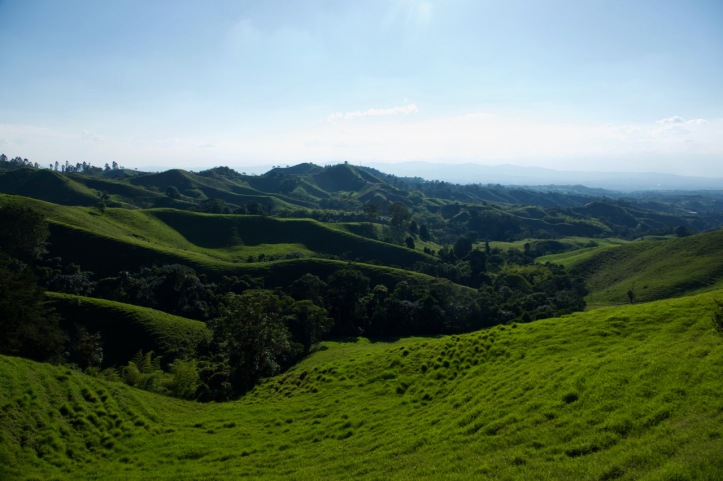
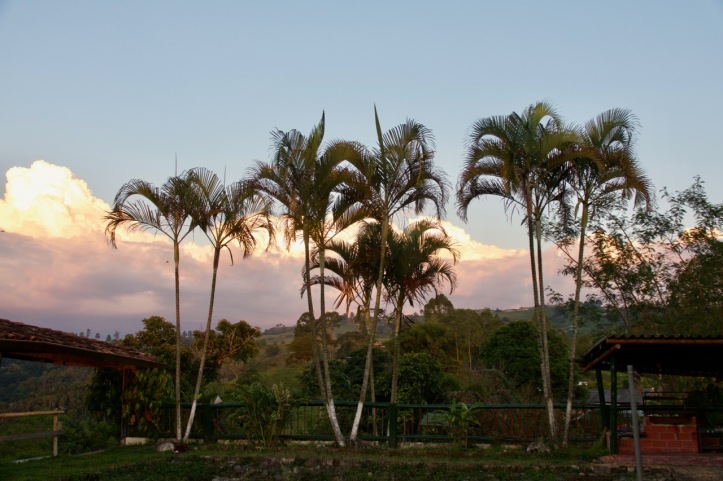
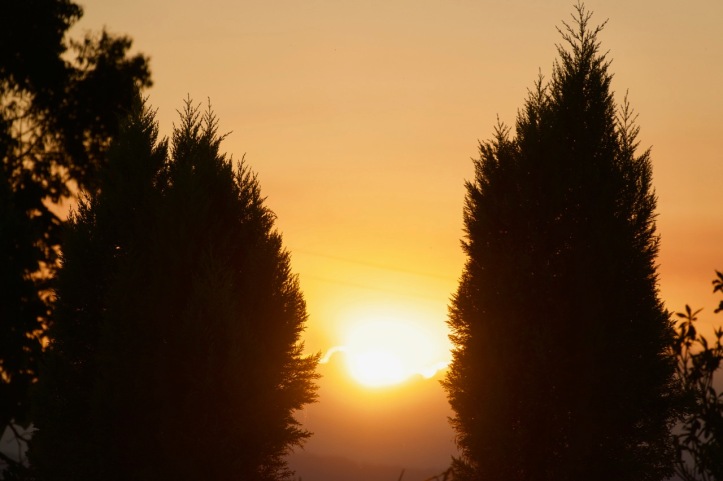
Paul & Yvette are a young british couple that traveled around South America on two old motorcycles and decided to build up a new life in Filandia. The hostel they bought is a great place to stay and the surroundings are breathtaking.
The Quindio coffee region has a lovely climate as it lies at around 2,000m above sea-level and temperatures lie between 20-30 degrees year round. Part of our visit had to be having a tour of one of the small coffee plantations and understand the process. Interesting fact: coffee beans are actually quite nice fresh off the plant!
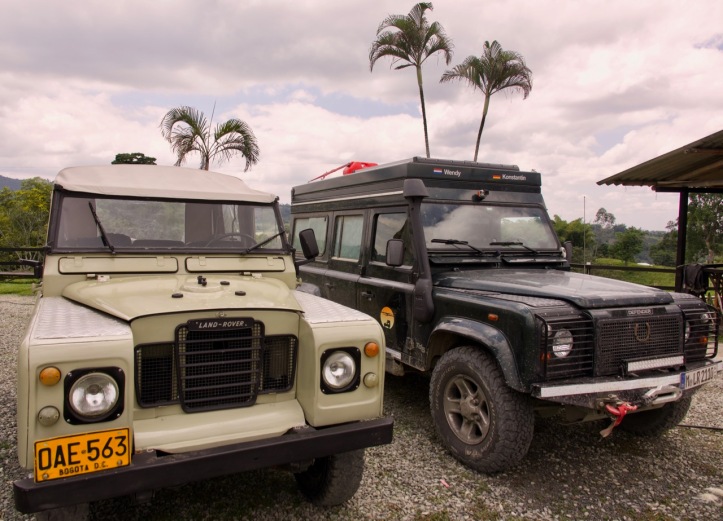
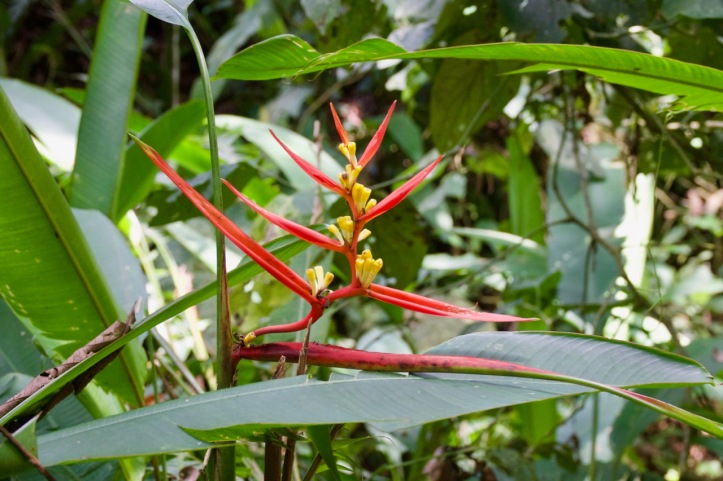
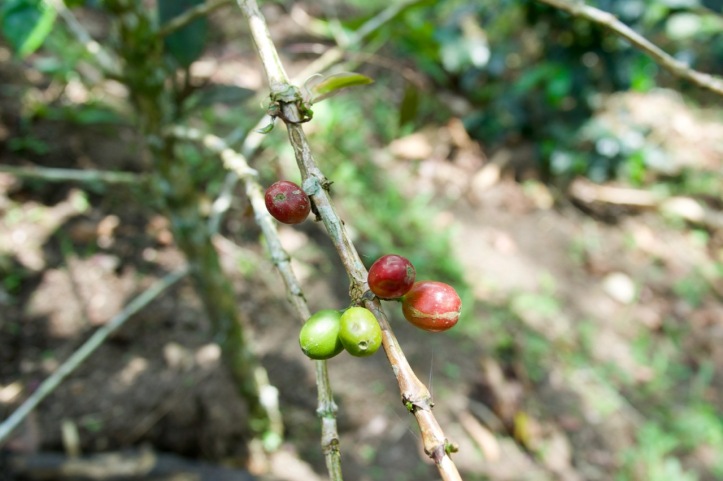
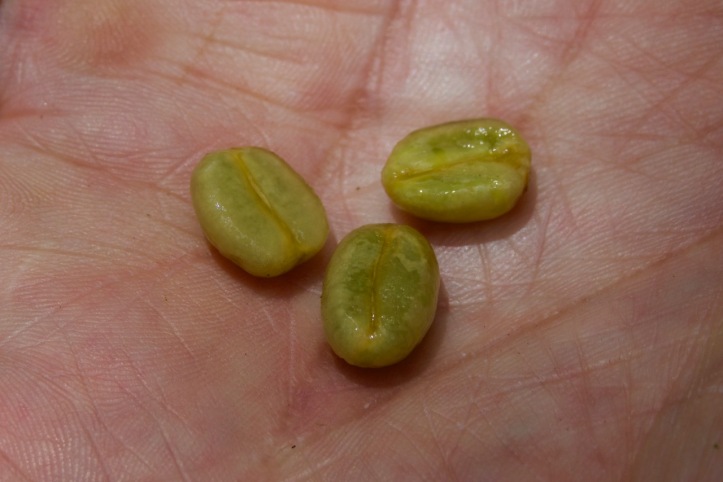
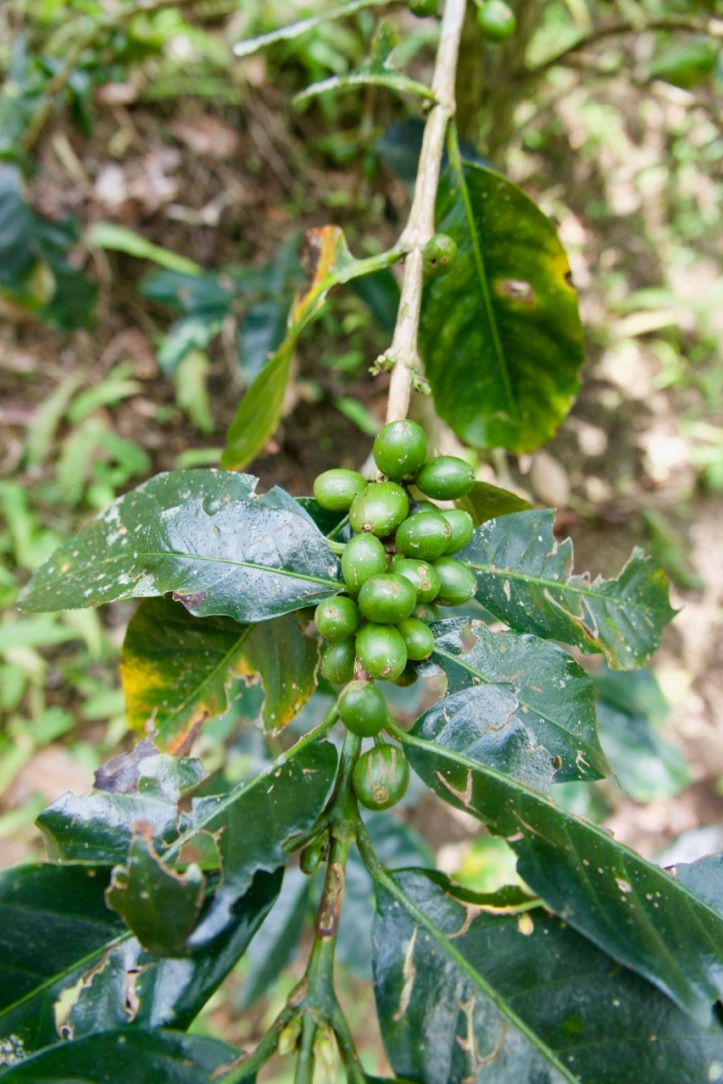
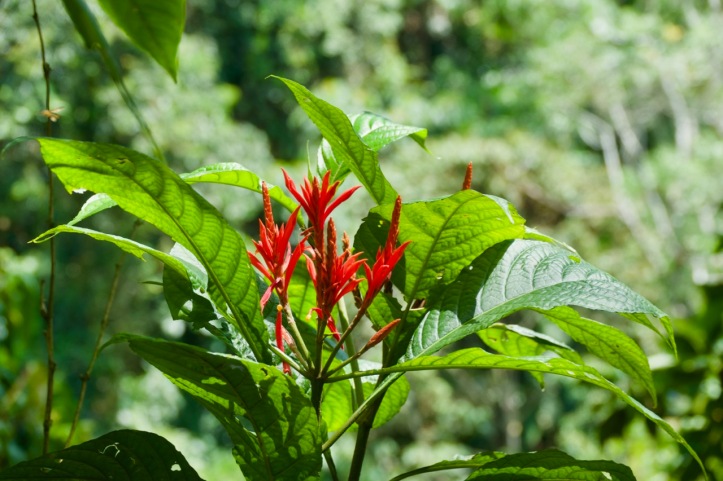
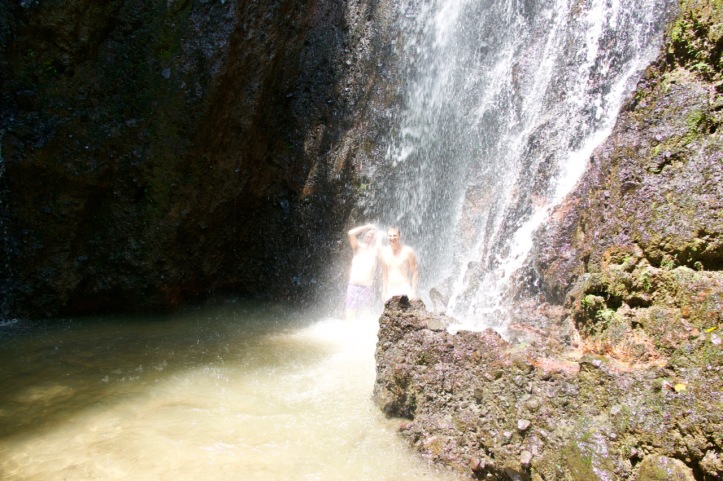

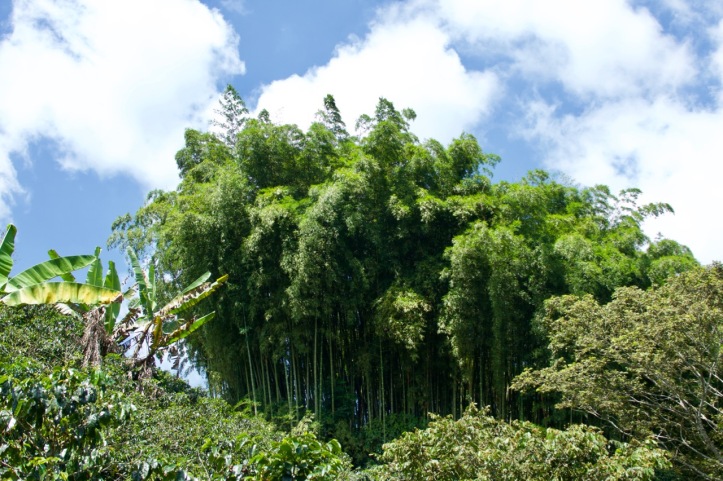
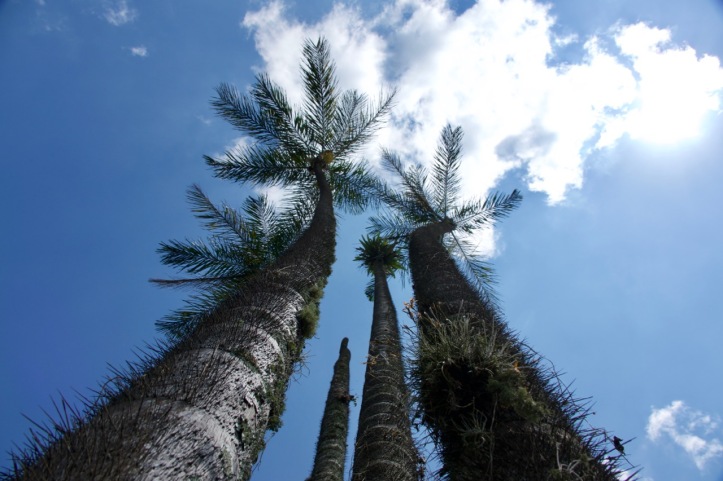
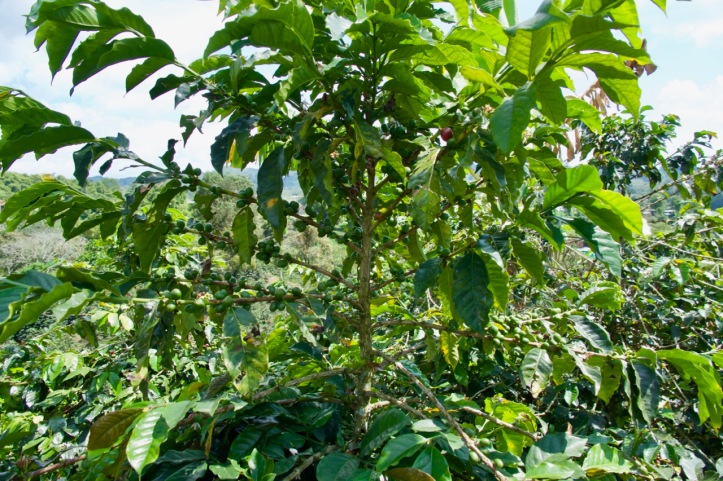
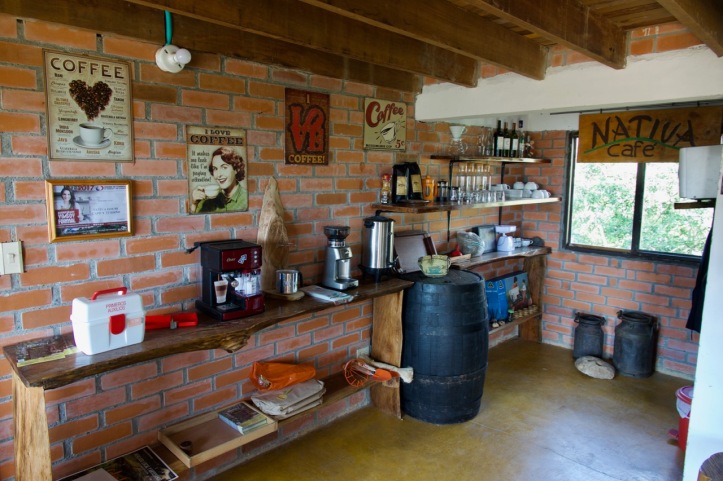
Next stop: the famous wax palm trees in the Valle de Cocora in Salento. On the way there, we stopped in Salento te get an impression of the village that’s advertised as a must see in many travel guides. Admittedly, the rural village has a lot of charme, but in our point of view, it is a bit of a tourist hot spot and locals are not as friendly as in many other spots in Colombia.
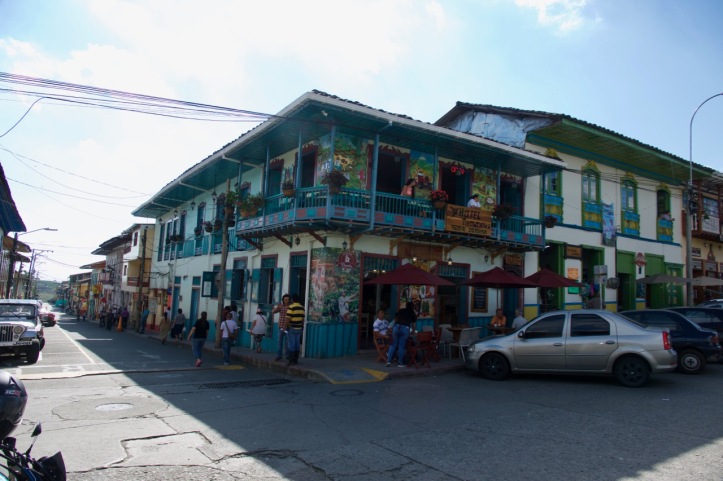
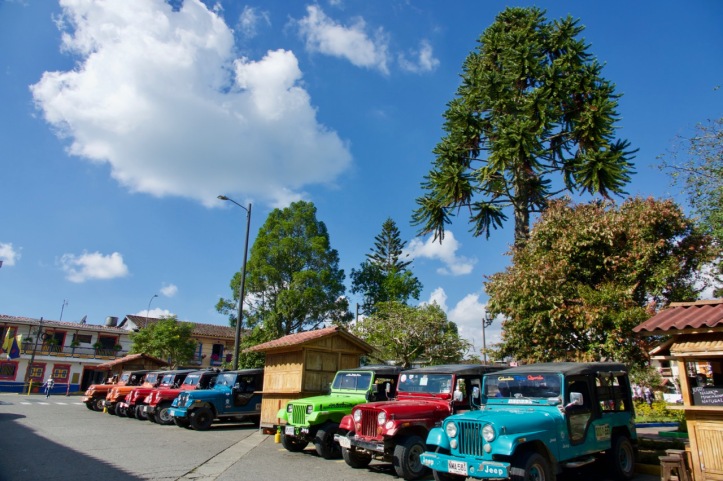
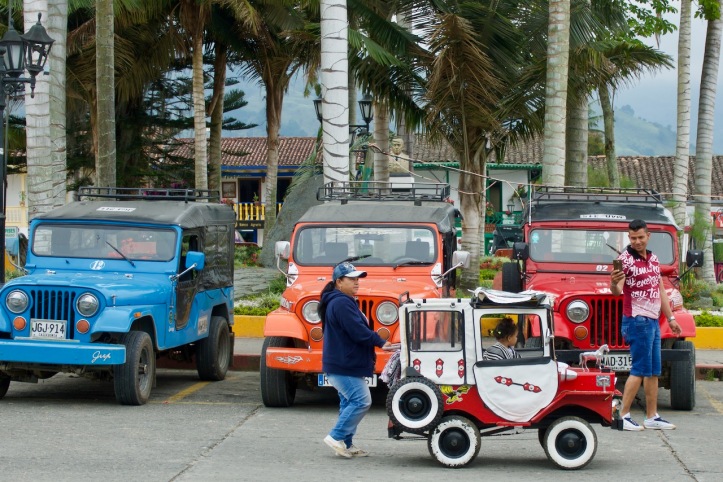
So after walking up and down the gringo trails of Salento, we quickly moved on towards the spectacular Cocora Valley. The incredibly beautiful Wax Palm Trees can reach a hight of 60m! The view across this “forest” is simply stunning and was definitely worth the visit.
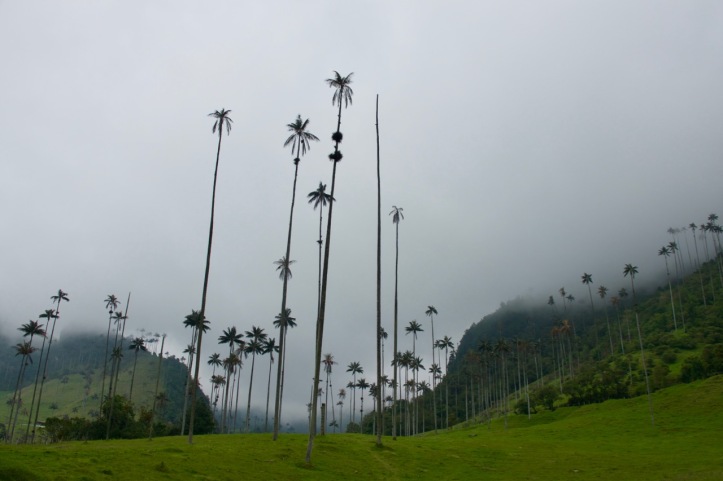
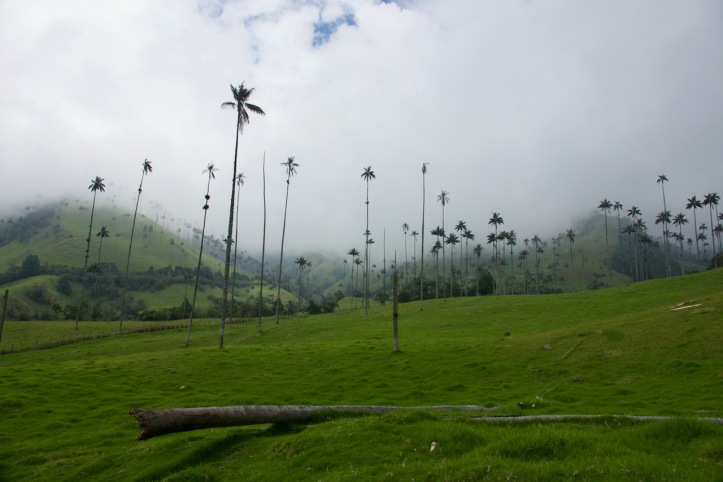
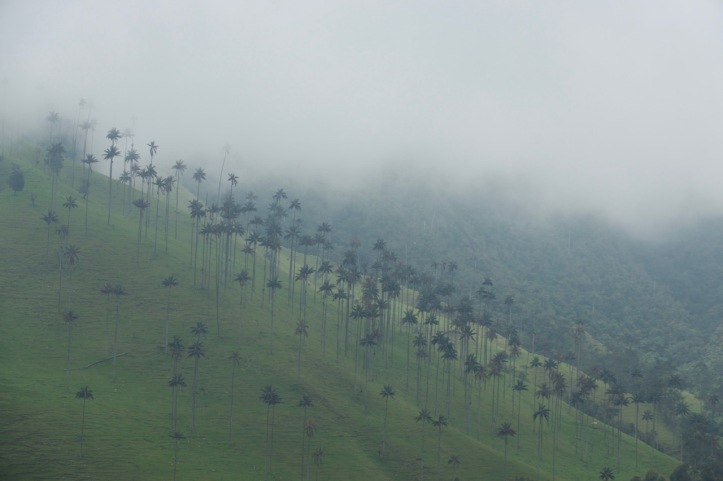
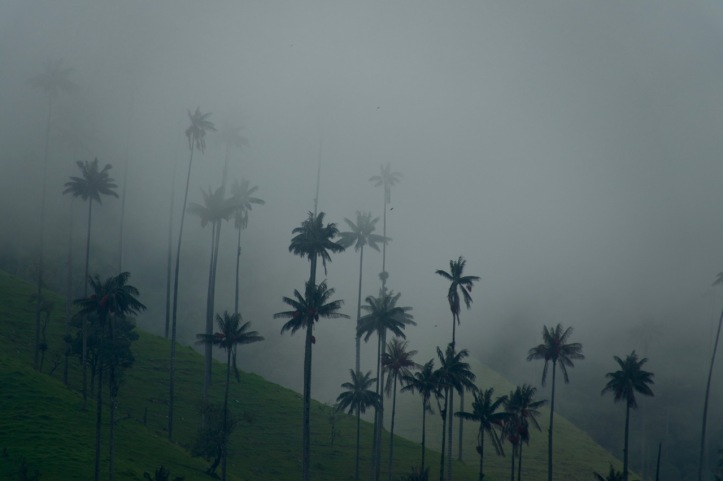
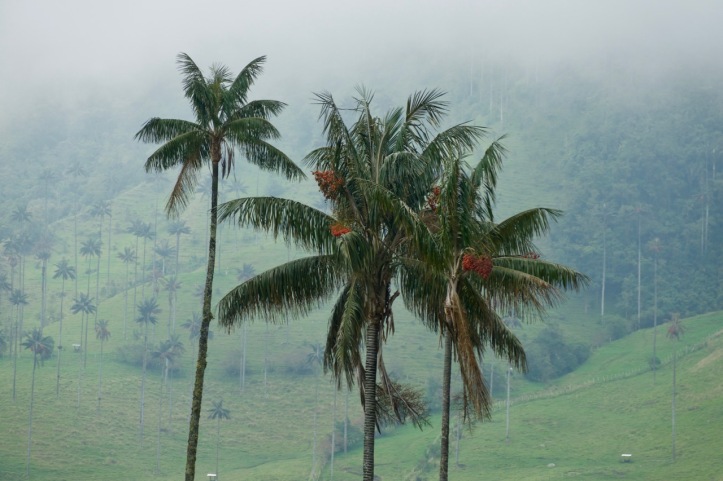
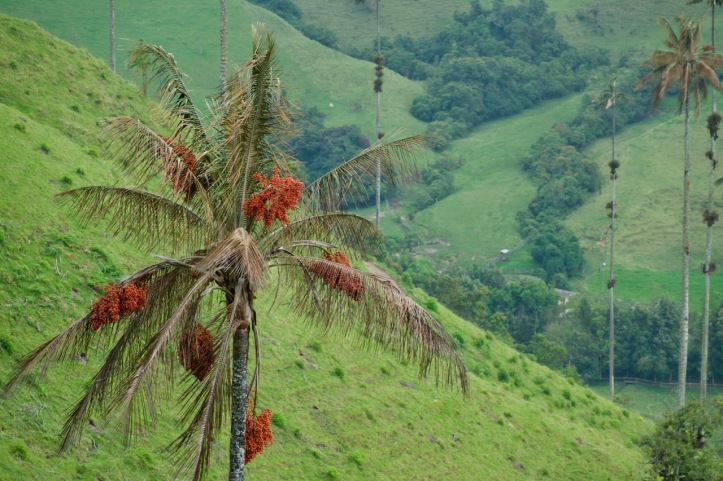
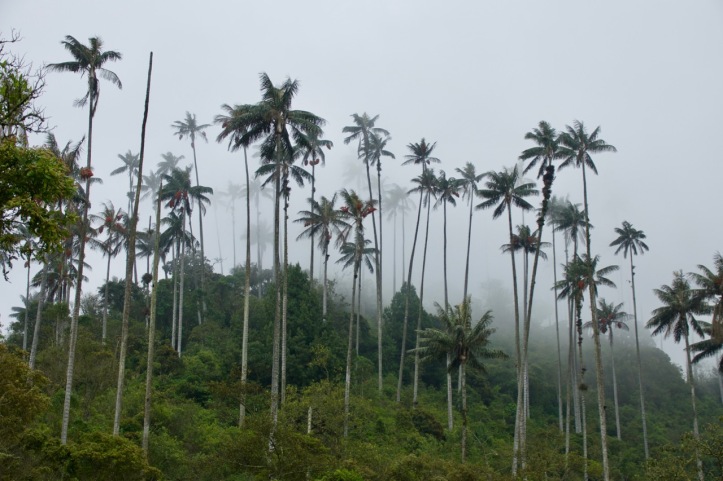
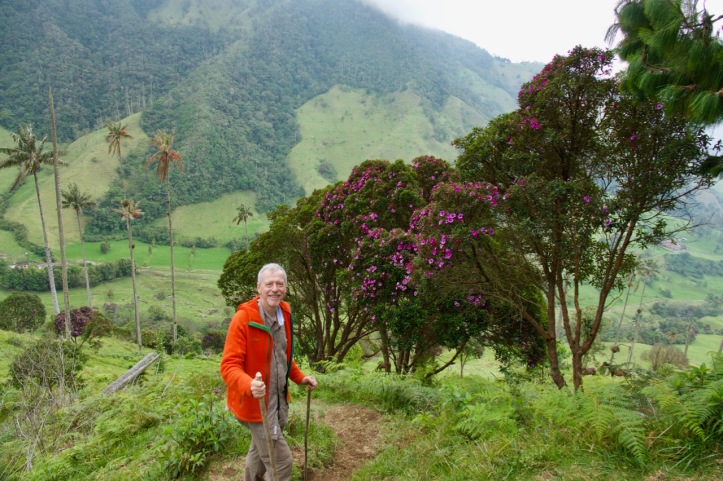
After a couple of hours hiking, we went on in the direction Bogota, which was our next stop. Having experienced the traffic on the ruta 40 between Armenia and Ibagué, we decided to take a smaller unpaved road through the Colombian mountains – and boy, was that worth it. After hours of driving through the most beautiful green mountains, we found our own undiscovered, untouched Valle de Cocora with thousands of Wax Palm trees. There, we decided to set up camp for the night and experience the beautiful scenery around us.
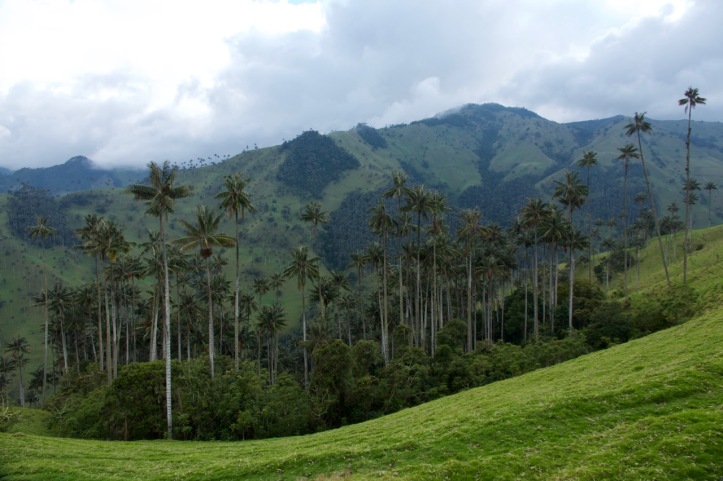
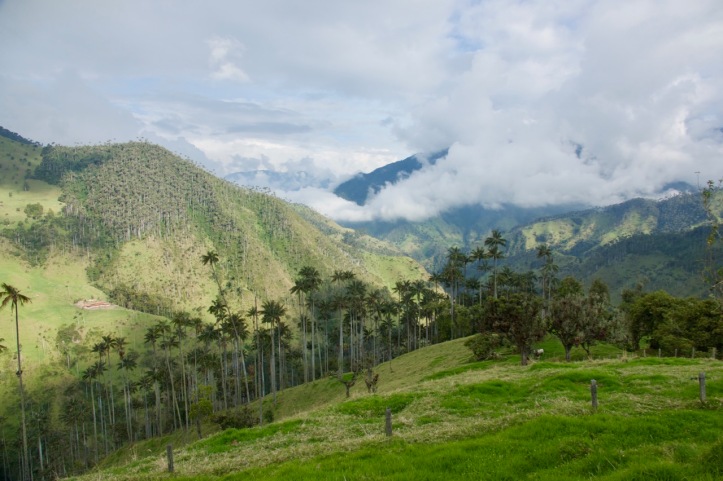
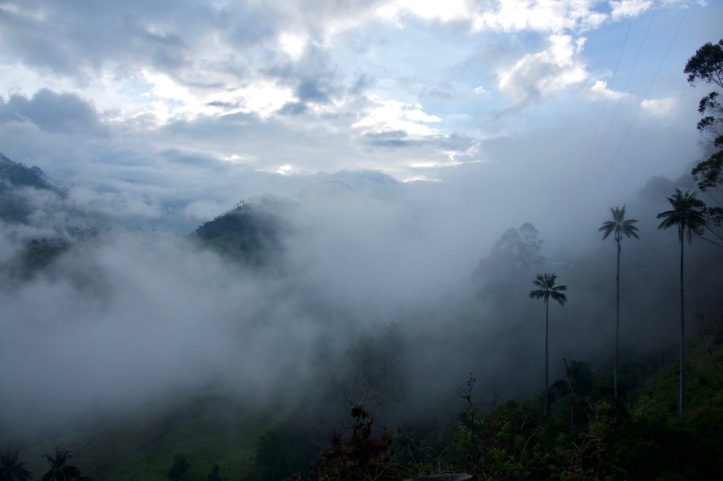
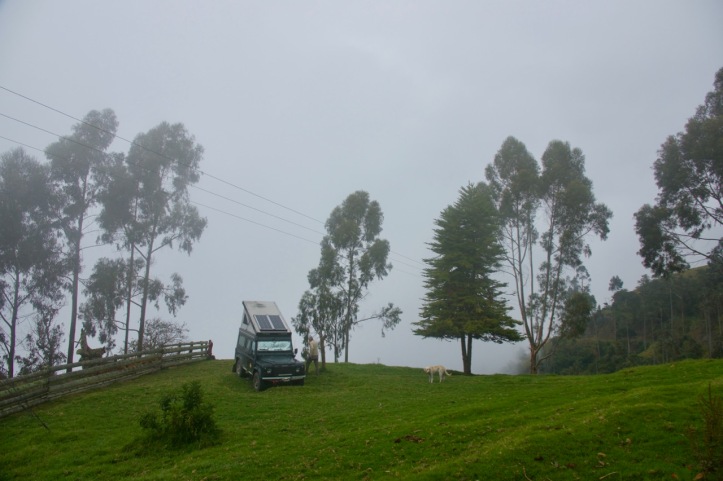
The next morning, we drove on in the direction Bogota and reached the Colombian capital in the early afternoon. After having spent weeks camping together in Mr Snorkel, me and my dad decided it’s time for two nights in a hotel – especially considering that Bogota is not really the perfect place to set up camp. In Bogota, my dad immediately caught food poisoning and was really happy he could spend the night at the hotel. I met up with an old friend from my studies and we first went to the awesome restaurant Andres DC Carne de Res which alone is worth the visit: great food, a huge variety of drinks and dancing shows by the personnel was really entertaining! After that we went to a club called Theatron and the rest of the night became a bit blurry since it was open bar 😉 Big thanks to Andrea and the rest of the crew!
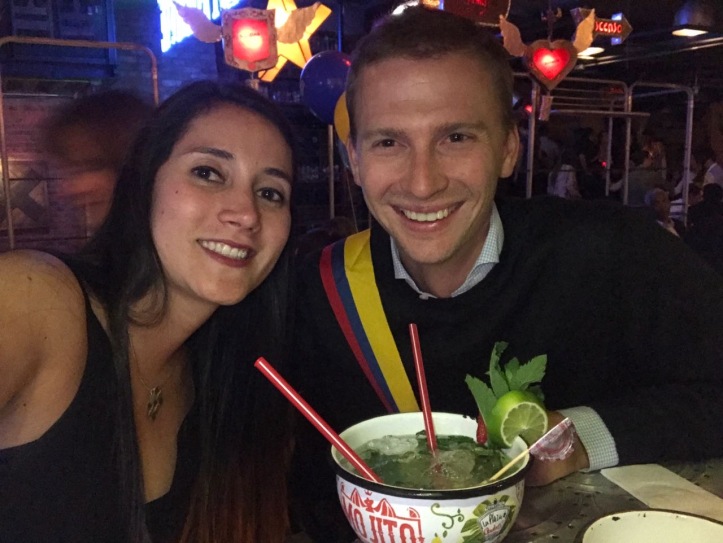
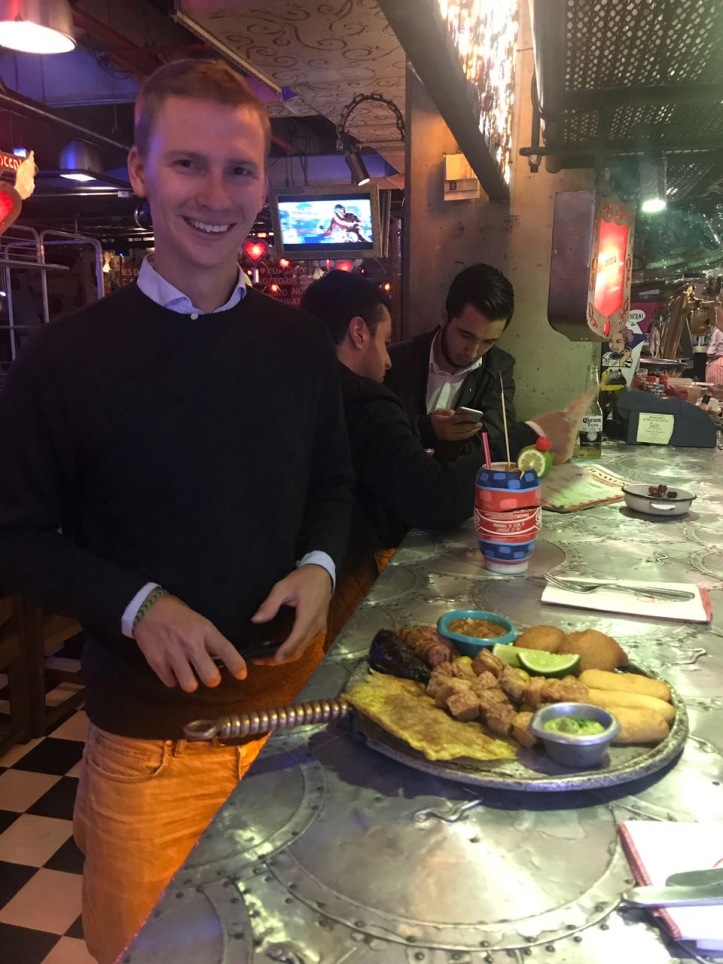
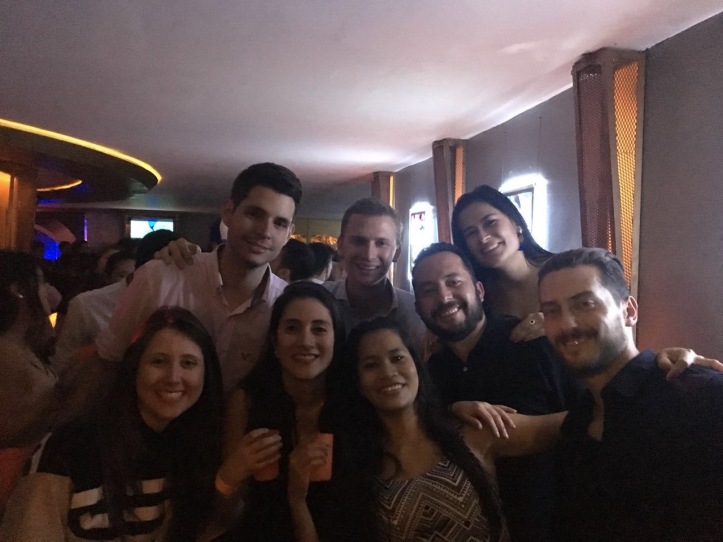
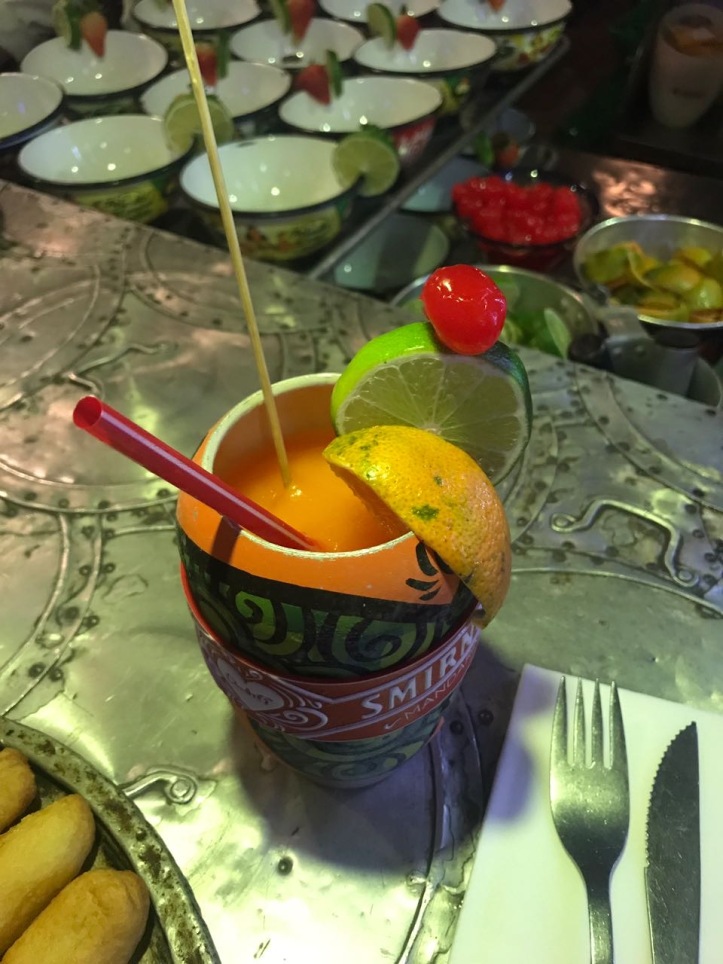
The next day in Bogota was dedicated to sightseeing and strolling around the historic centre to get a feeling for the city. Like most Latin American cities, you have a mix of laid back cafes and fancy restaurants, fascinating museums, fancy shopping streets with well-dressed people rushing through the streets while on the other side you see also a lot of poverty at every corner. All this is surrounded by beautiful colonial architecture in the city centre, which is connected by large innercity highways to the more populated parts of town with noise and traffic everywhere you look. A truly fascinating place!
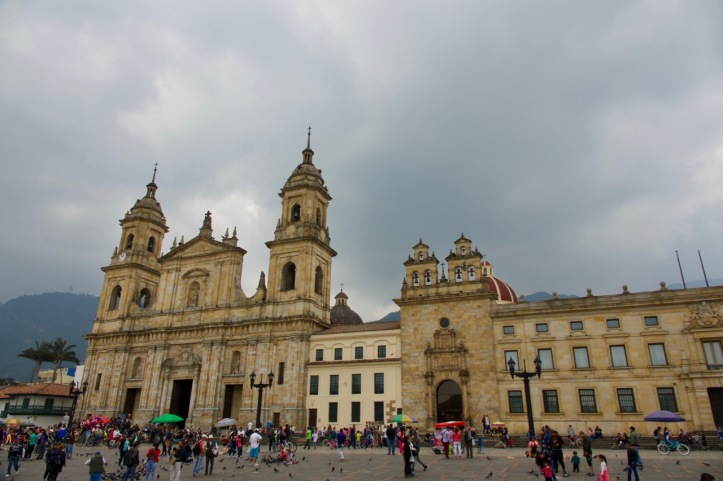
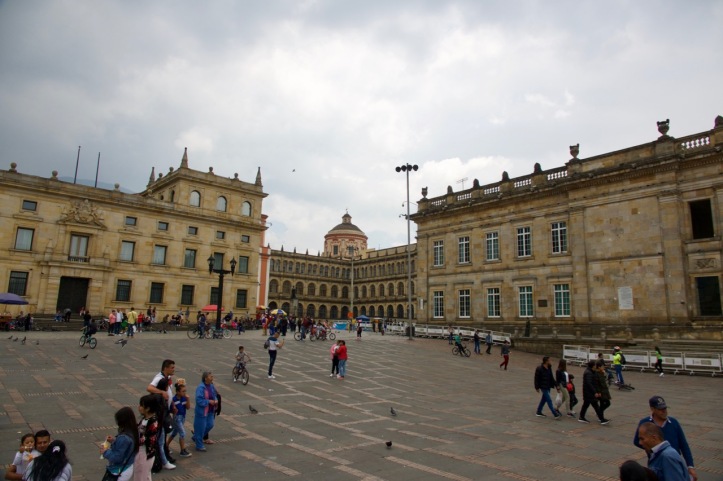
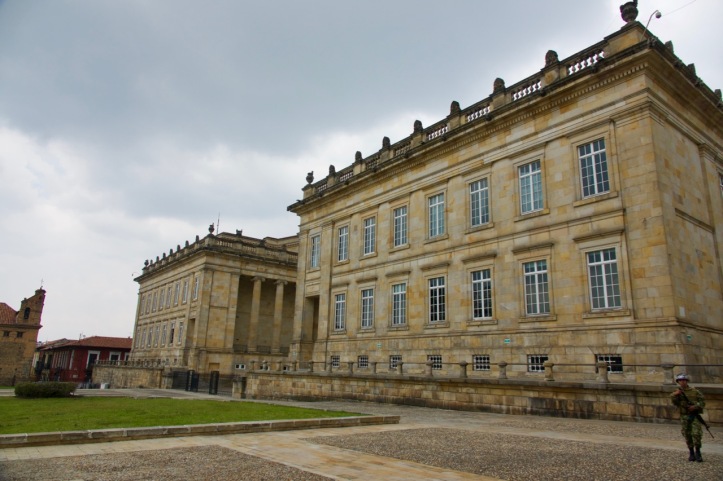
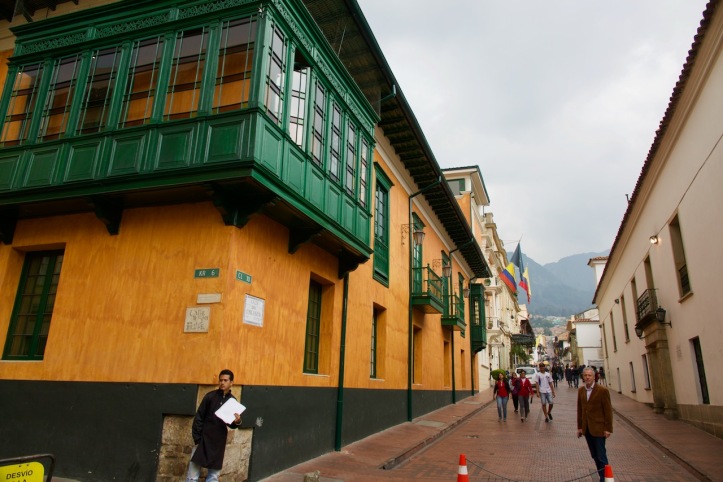
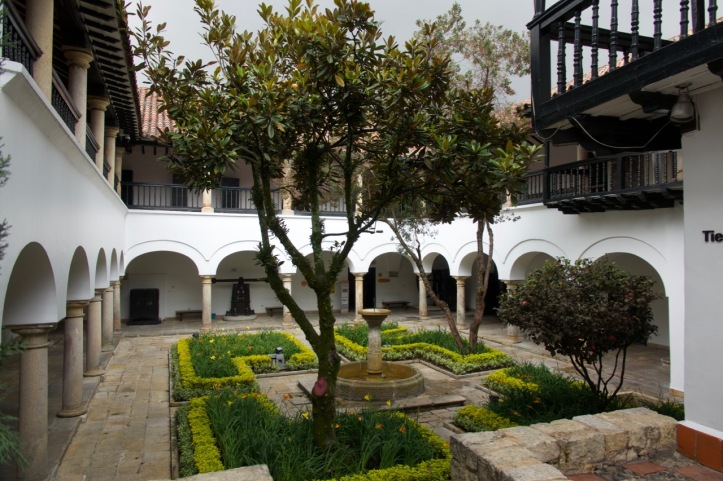
As we had only two days in Bogota and we wanted to catch up on Colombian culture, we visited the famous Museo del Oro (Gold museum) in the city centre. The artefacts shown were pre-columbian (i.e. before the Europeans invaded South America) and were truly special.
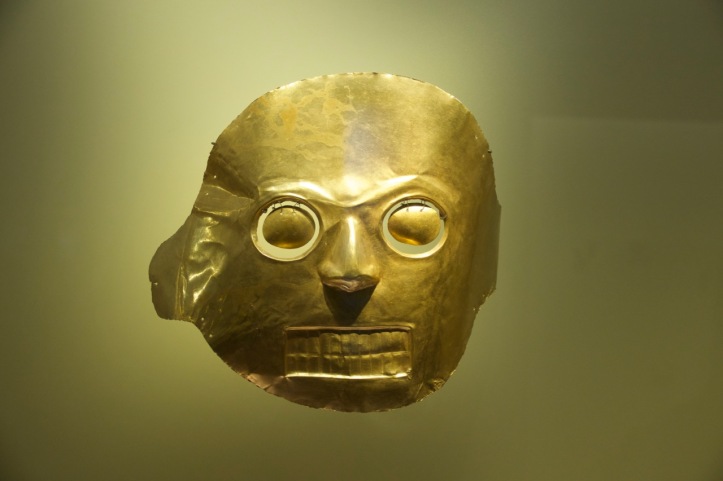
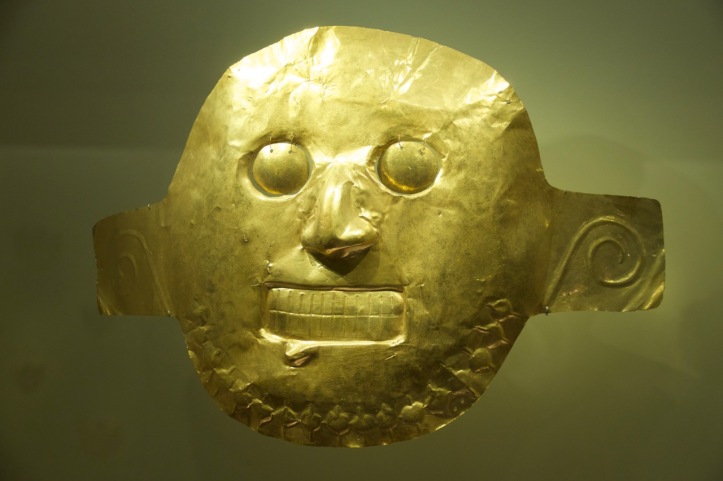
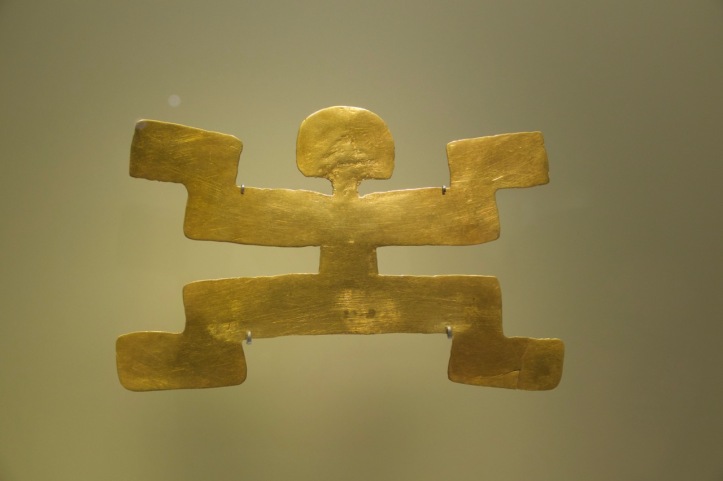
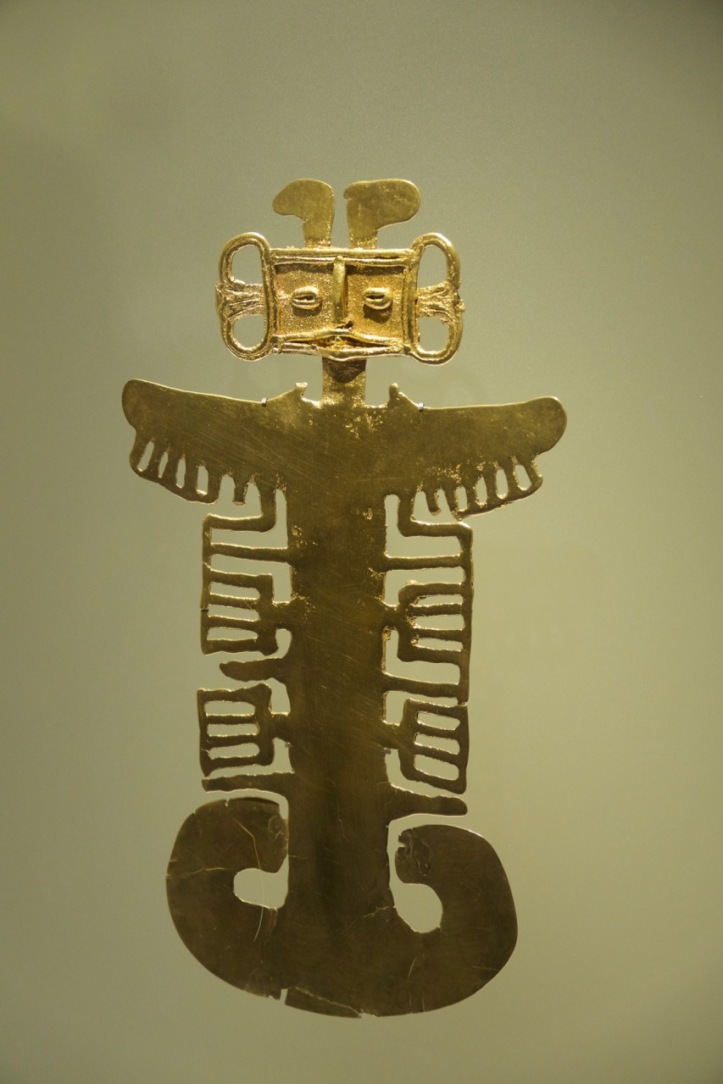
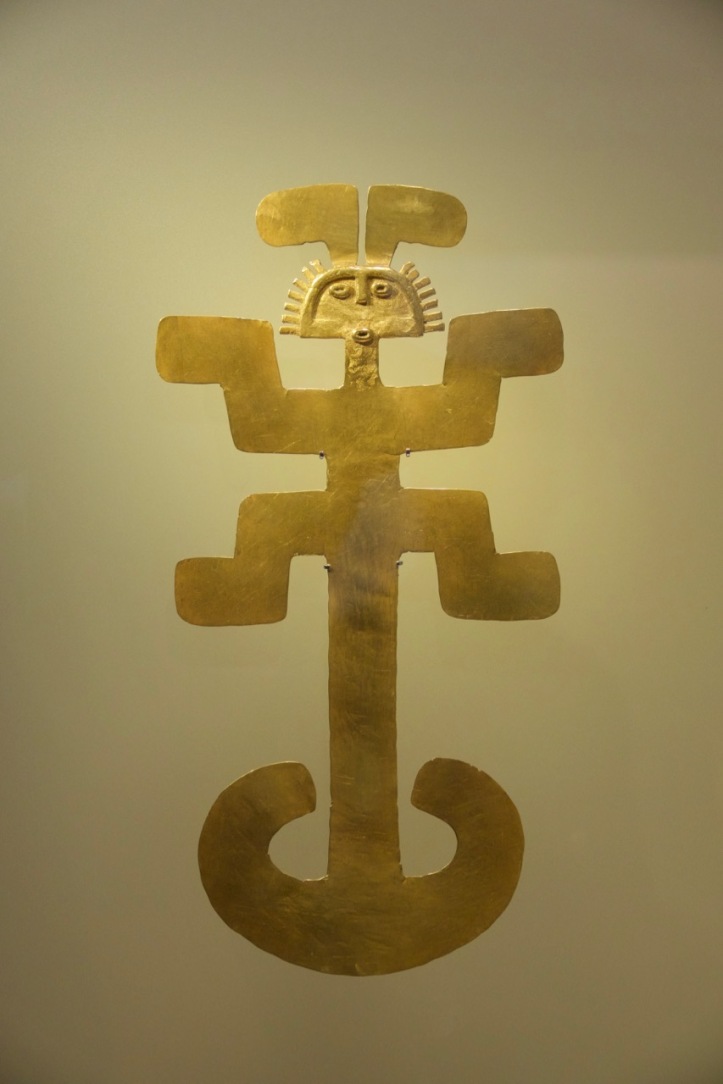
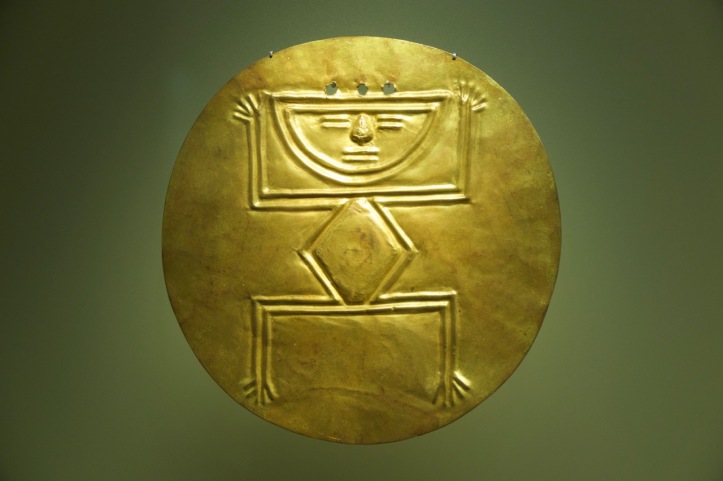
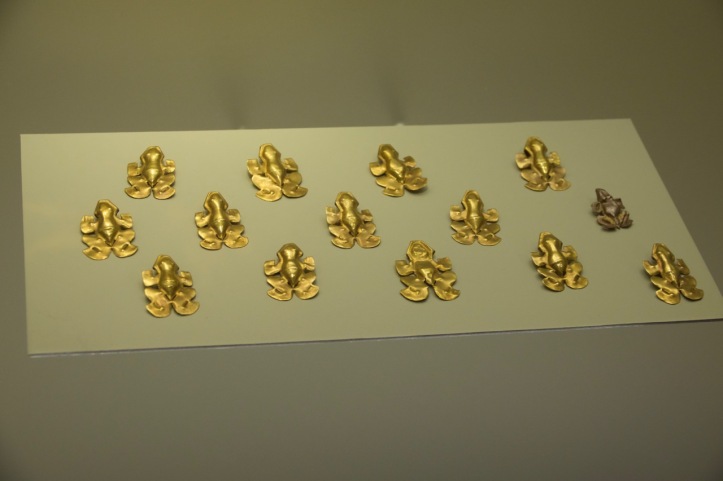
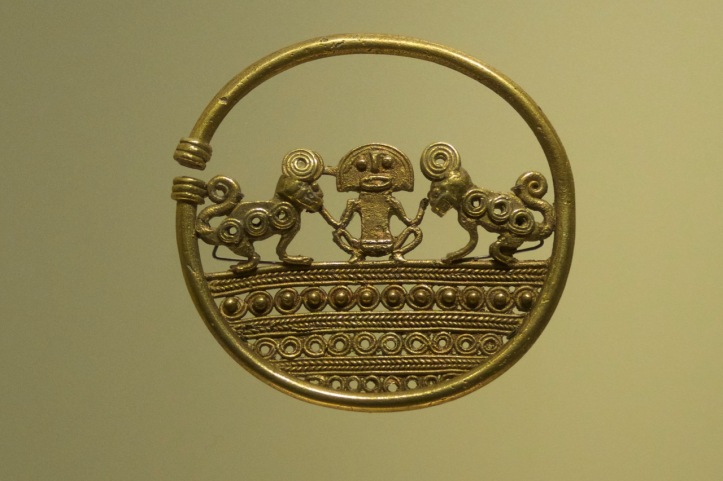
It even included an artefact from the mythical city of gold, El Dorado. According to the legend, the golden king “El Rey Dorado” went on a raft covered in gold into the middle of a lake and sank together with this fortune to the ground of the lake. Needless to say, the Spanish invaders never found the gold and El Dorado remains an exciting secret to many treasure hunters.
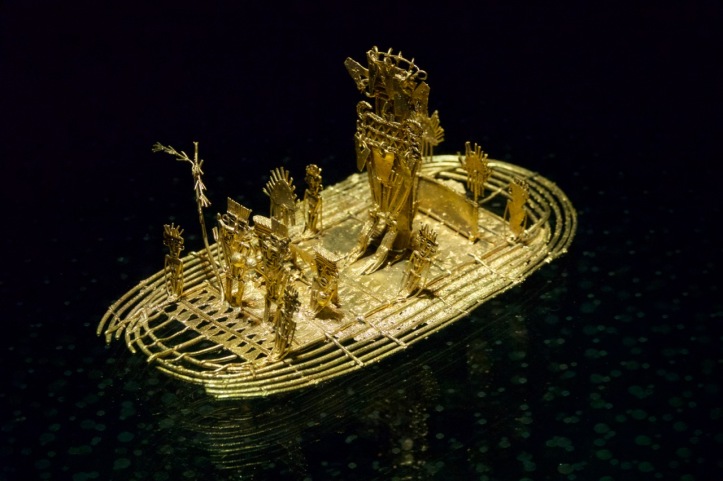
After the Museo del Oro, we were so fascinated and impressed not only by the artefacts but also by the worldclass of the museum, we decided to go next door into the Botero Museum. Fernando Botero is a Colombian sculptor and painter, born in Medellin in 1932, and is recognized around the world as one of the most important living artists from Latin America. His signature style, also known as “Boterismo”, depicts people and figures in large, exaggerated volume, which can represent political criticism or humor, depending on the piece.
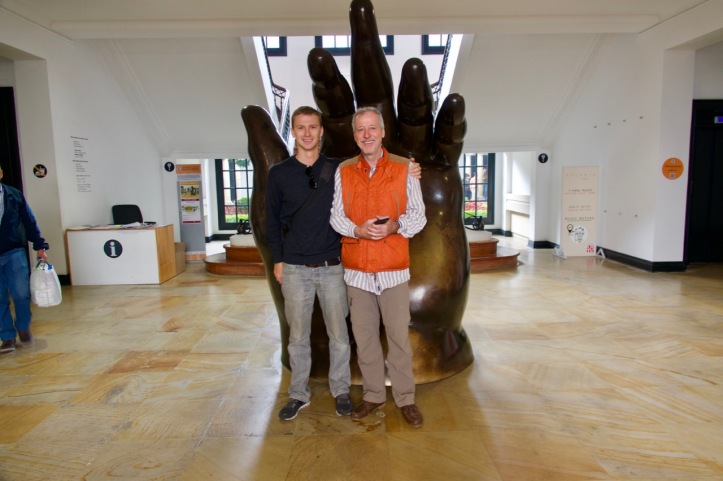
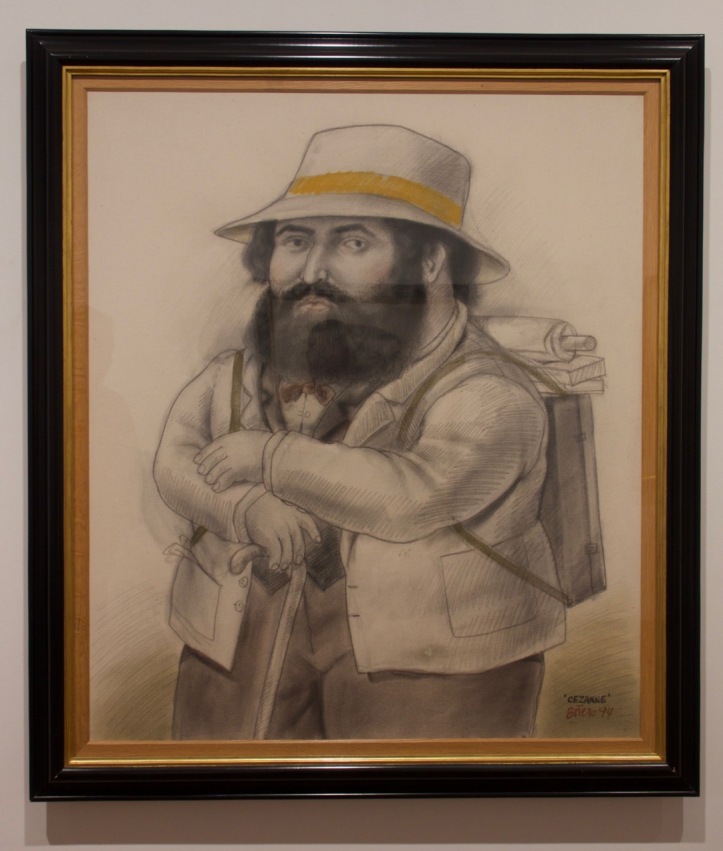
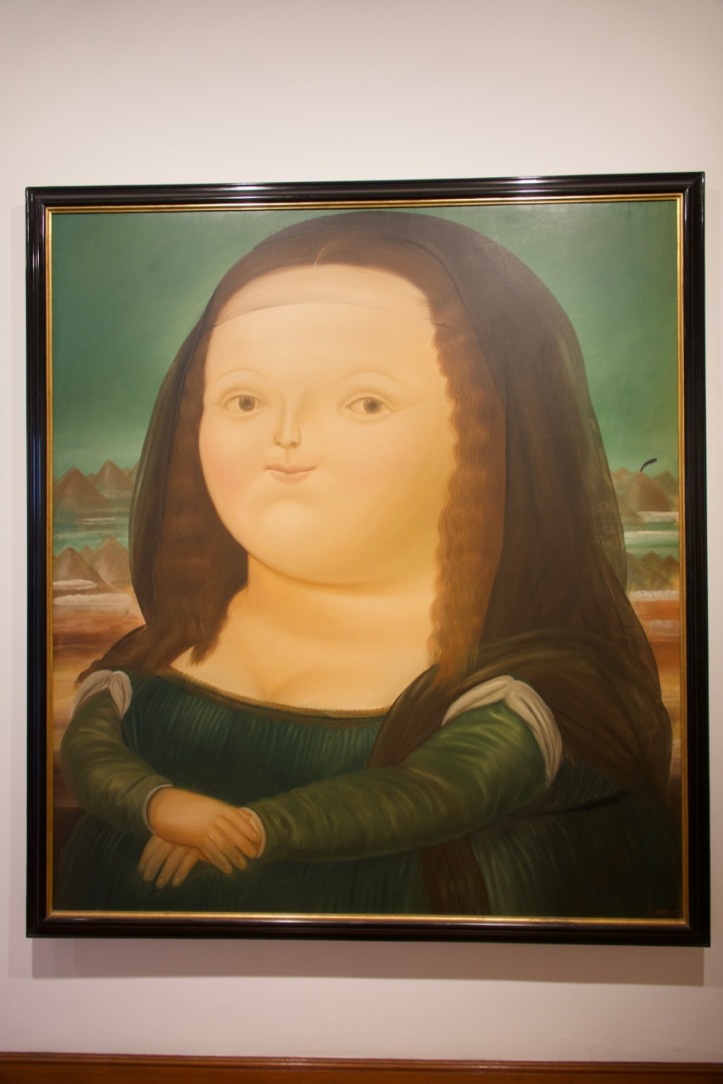
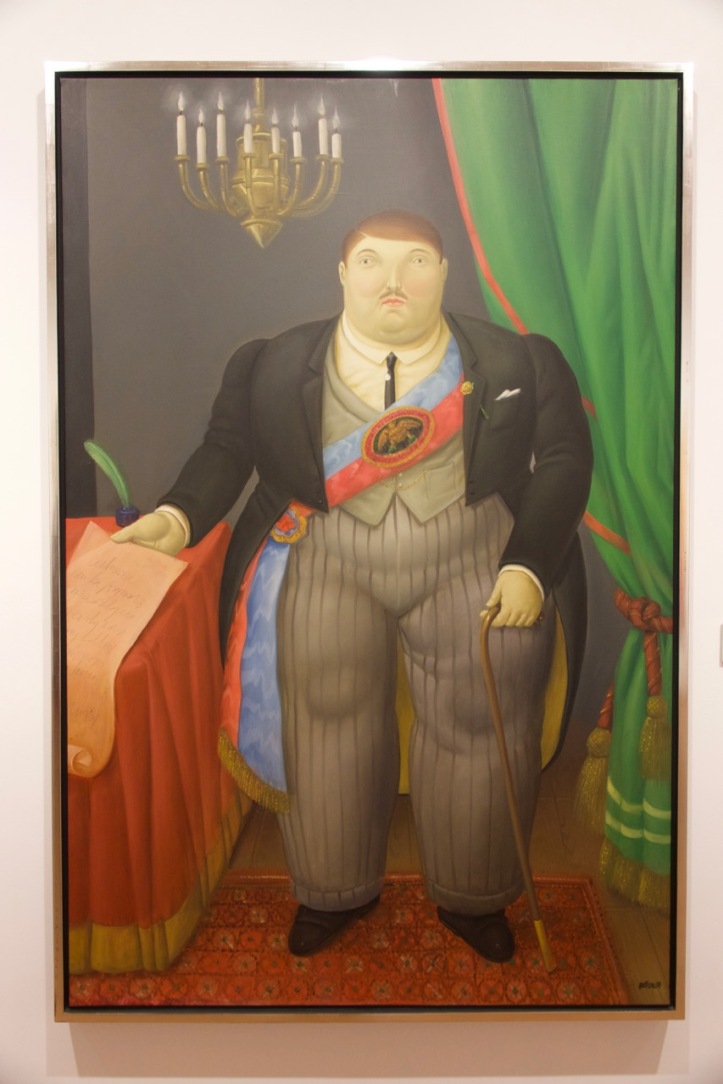
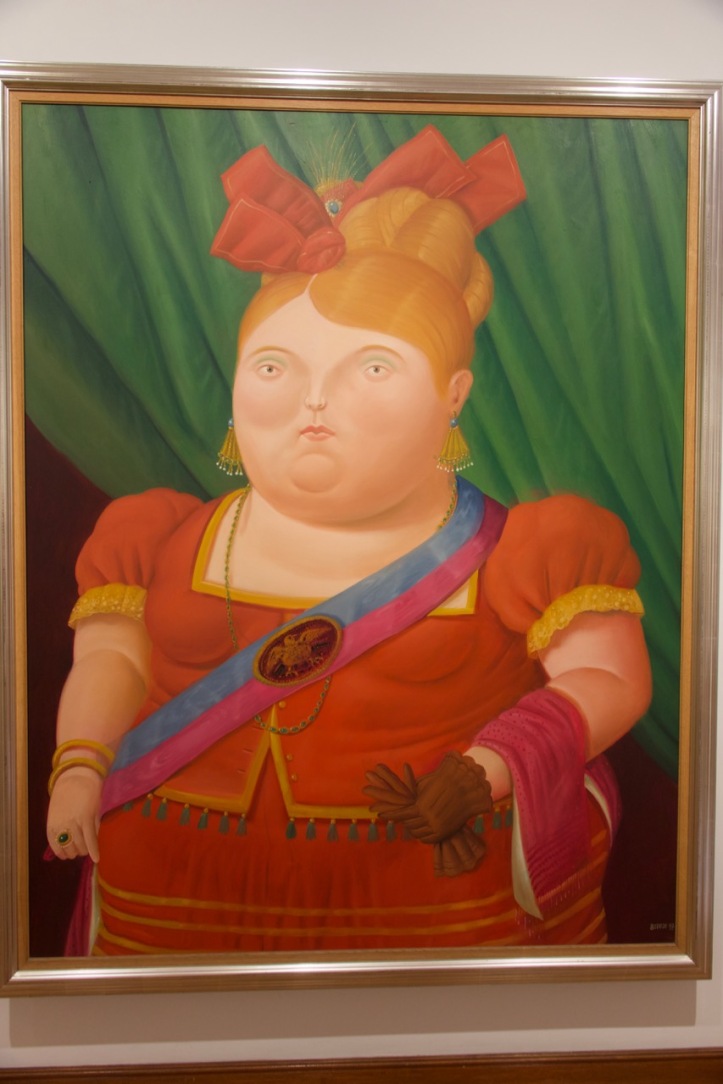
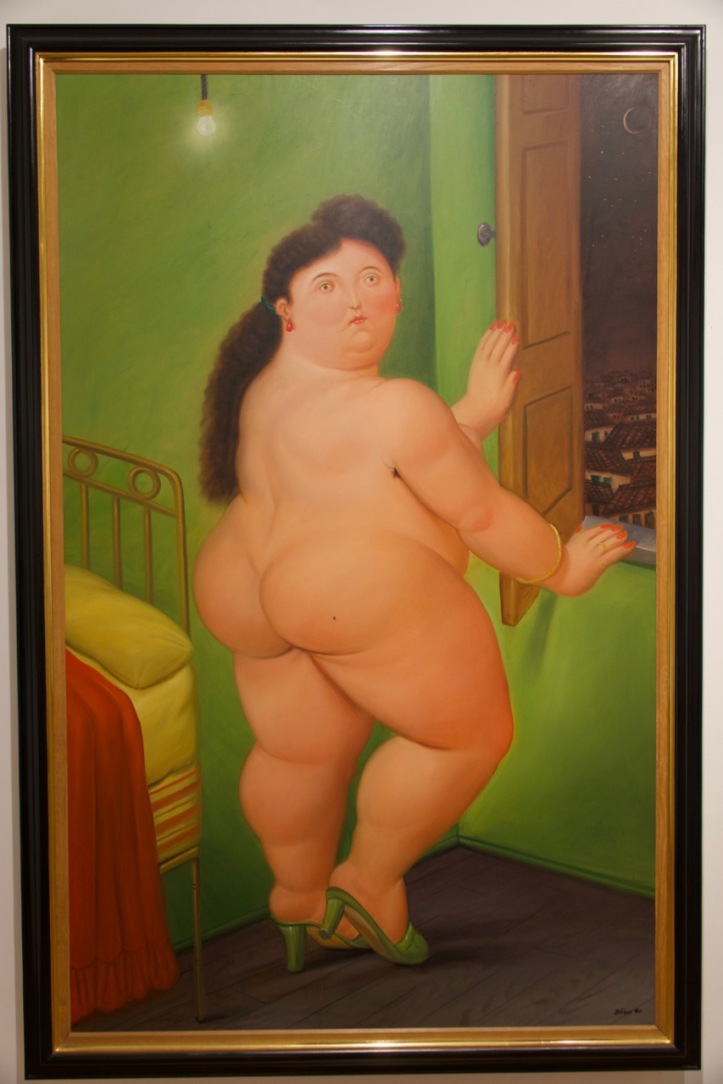
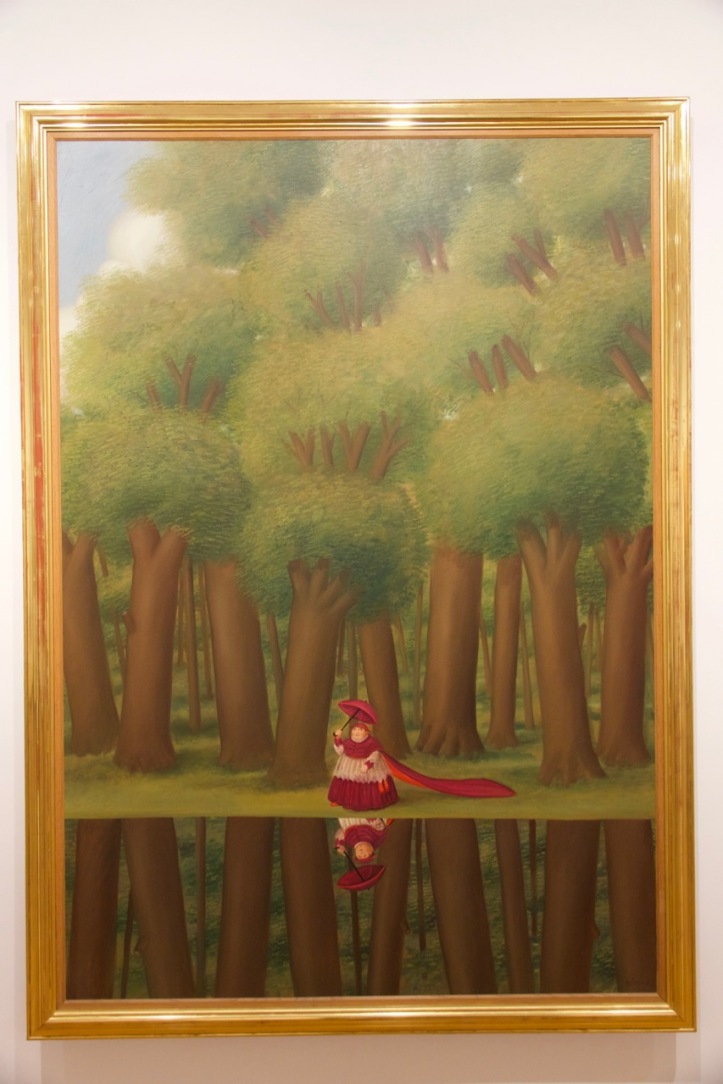
Next to the work of Botero, we saw artefacts from Pablo Picasso, Emil Nolde, Max Beckmann, Max Ernst, Henry Moore and many other worldclass artists.
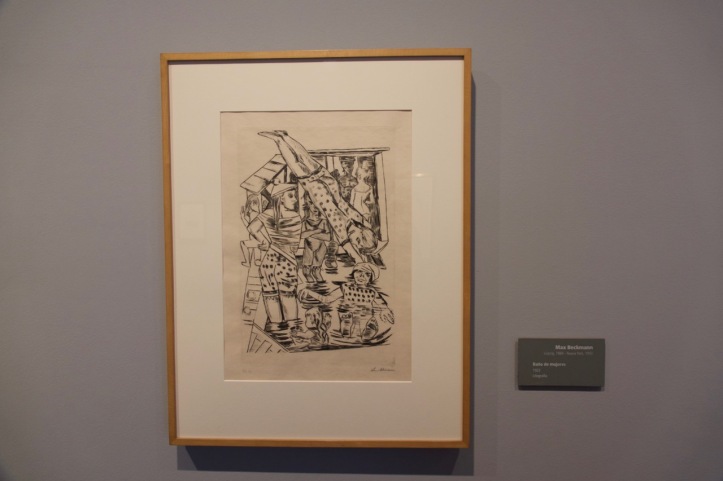
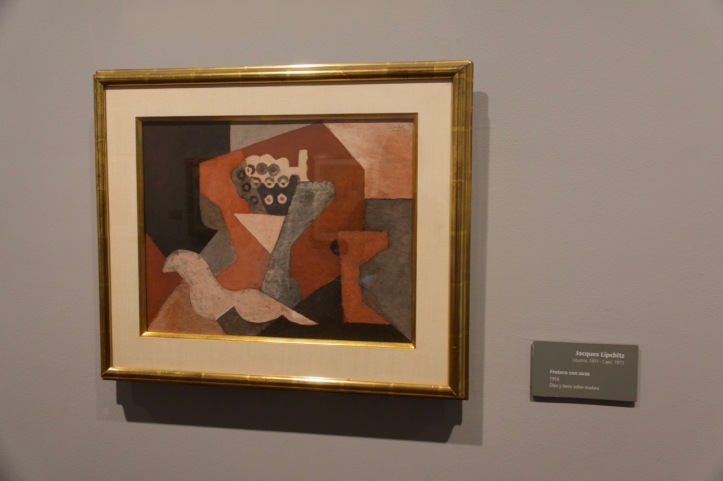
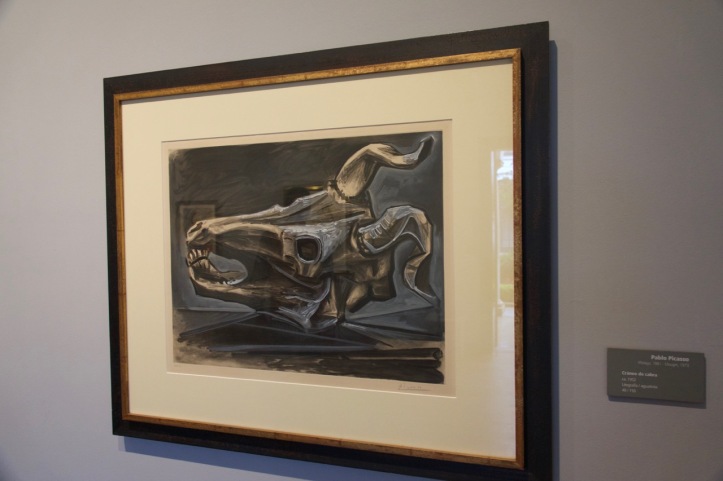
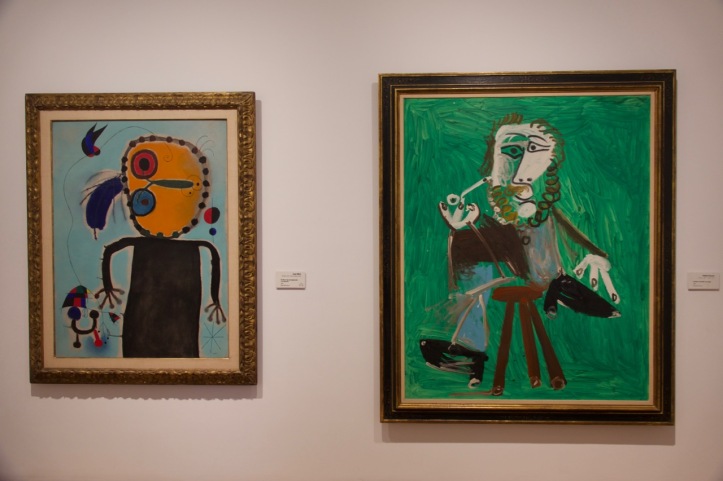
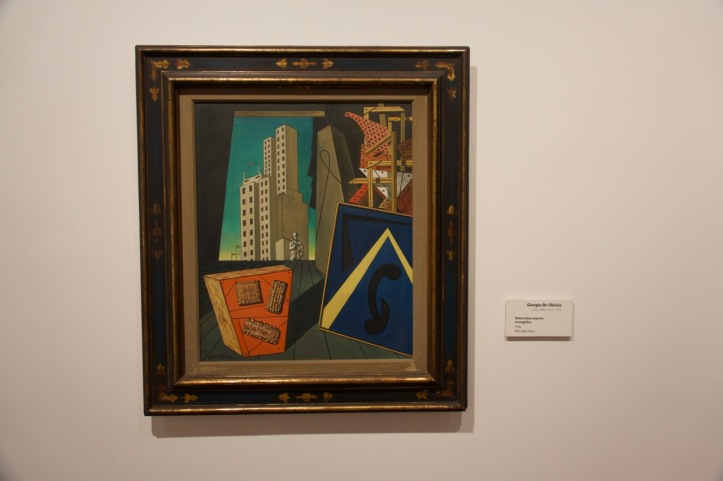
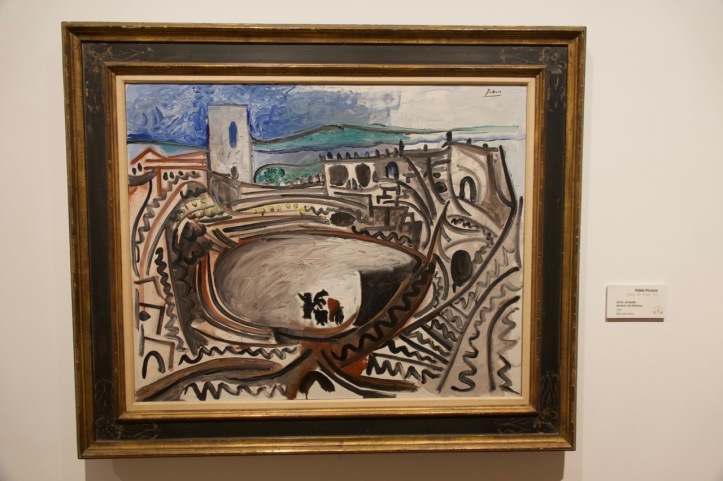
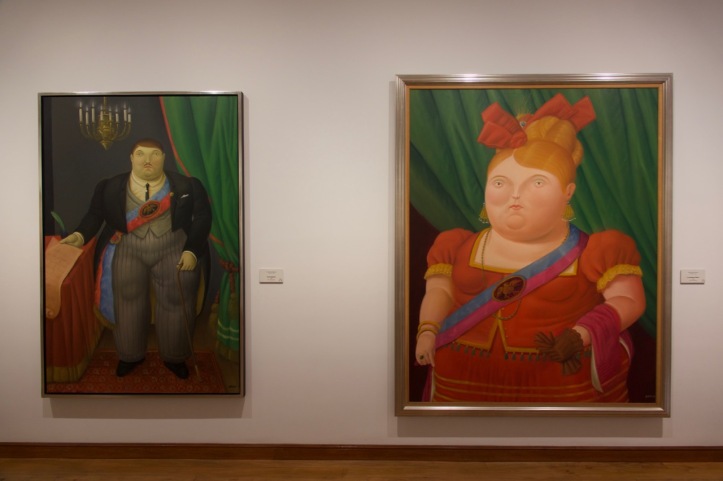
After having experienced the good vibes of Bogota, we were able to hit the road again and emerse ourself into Colombia’s rough and wild north – the most northern point of South America.
¡Hasta luego!